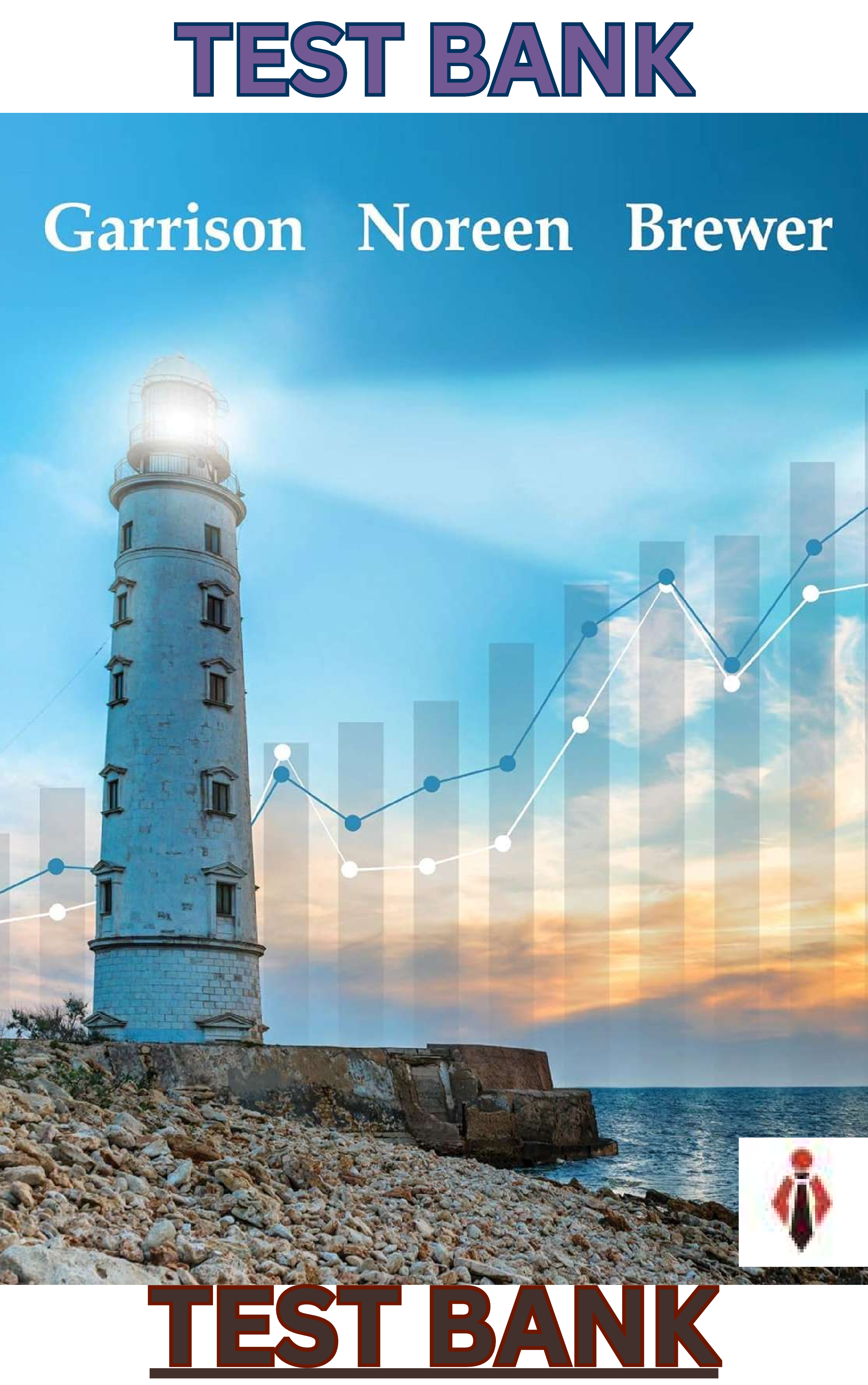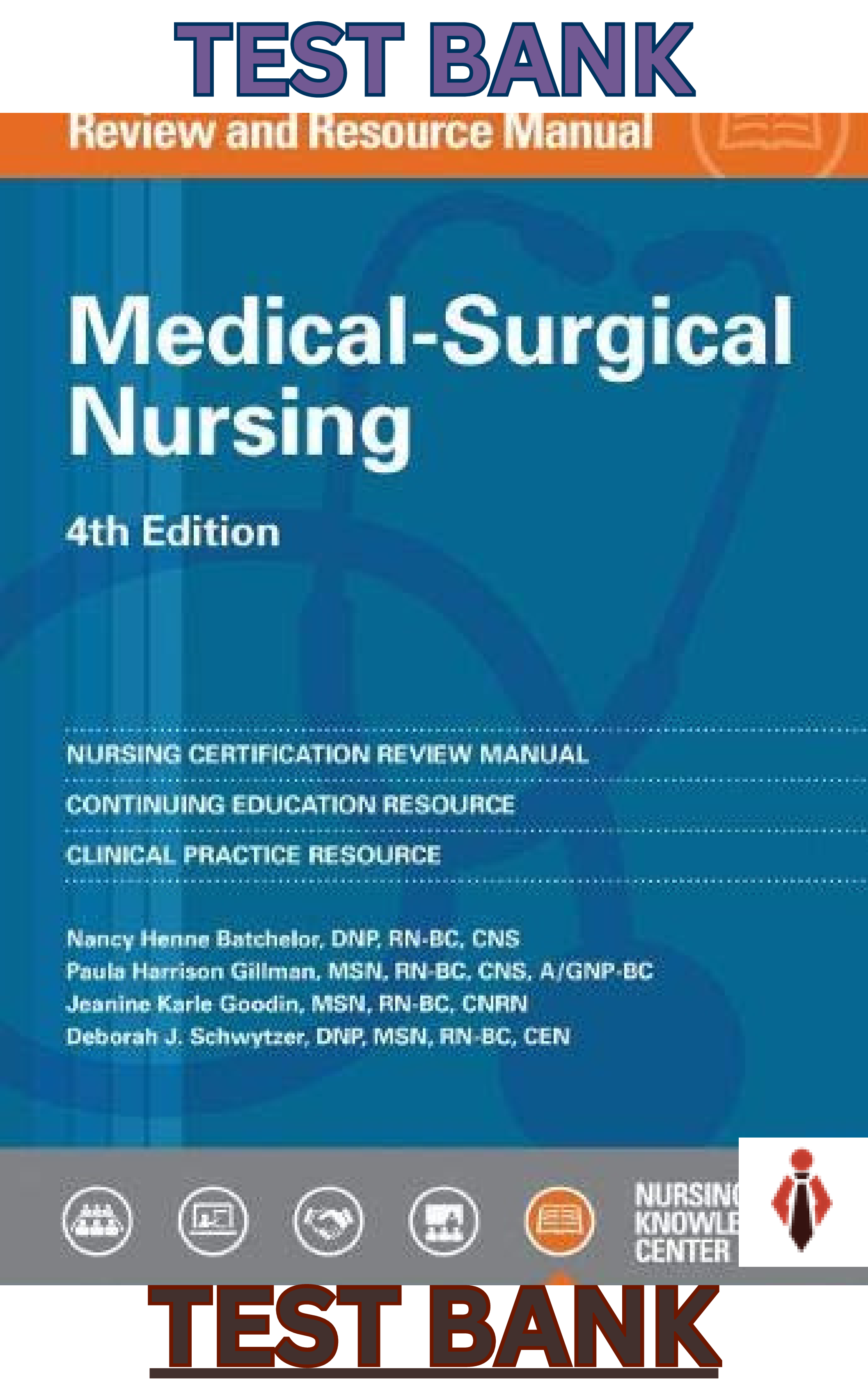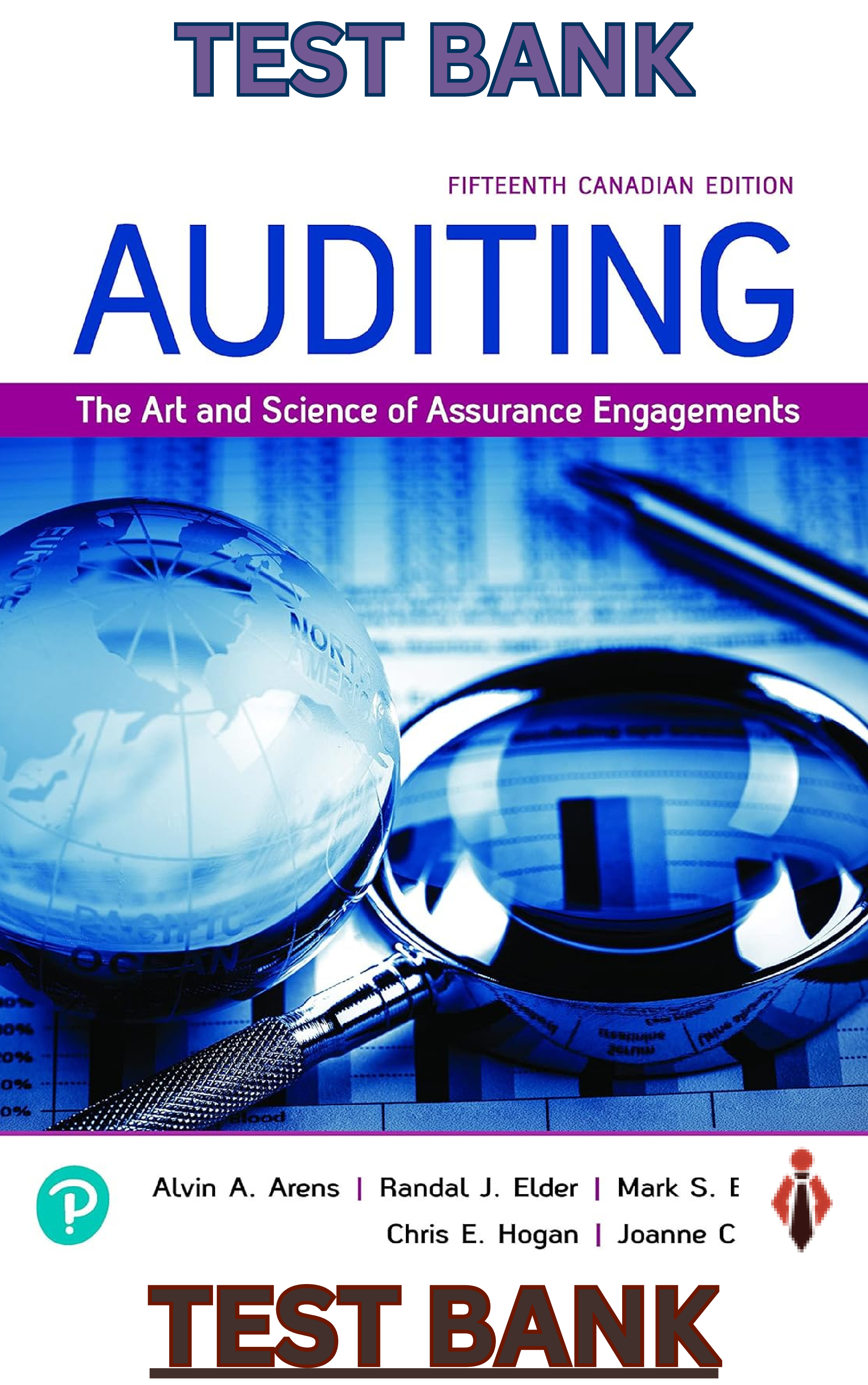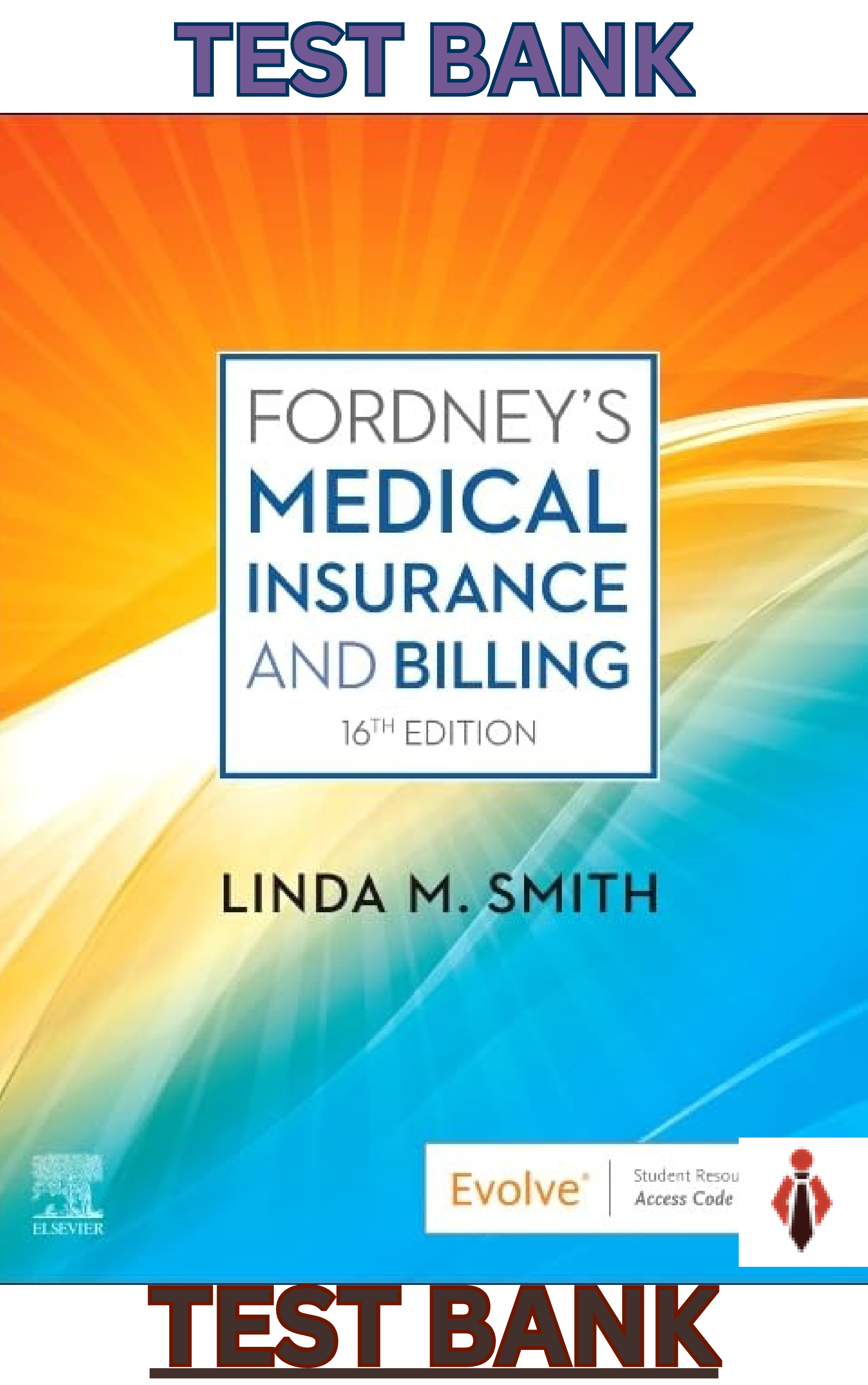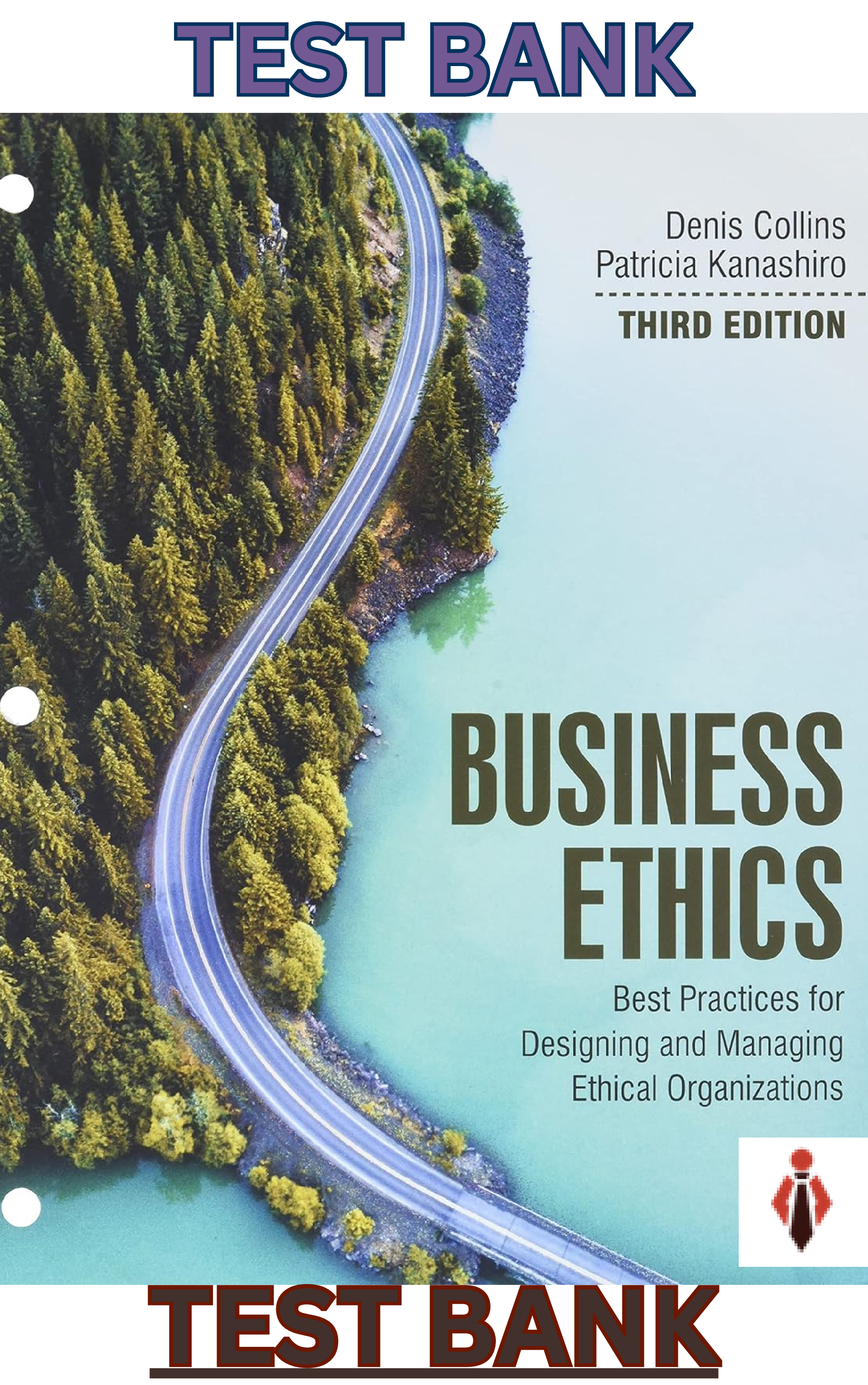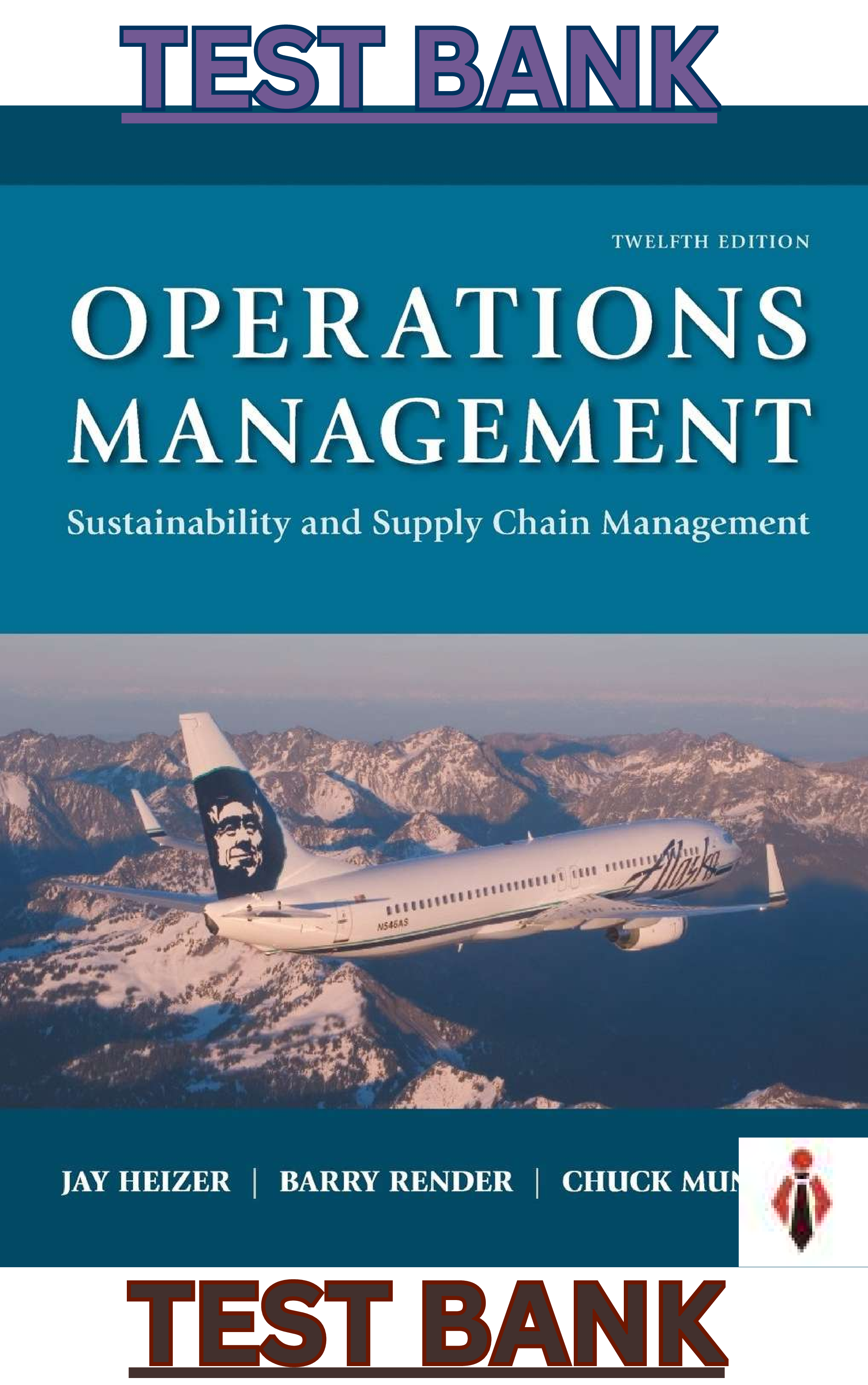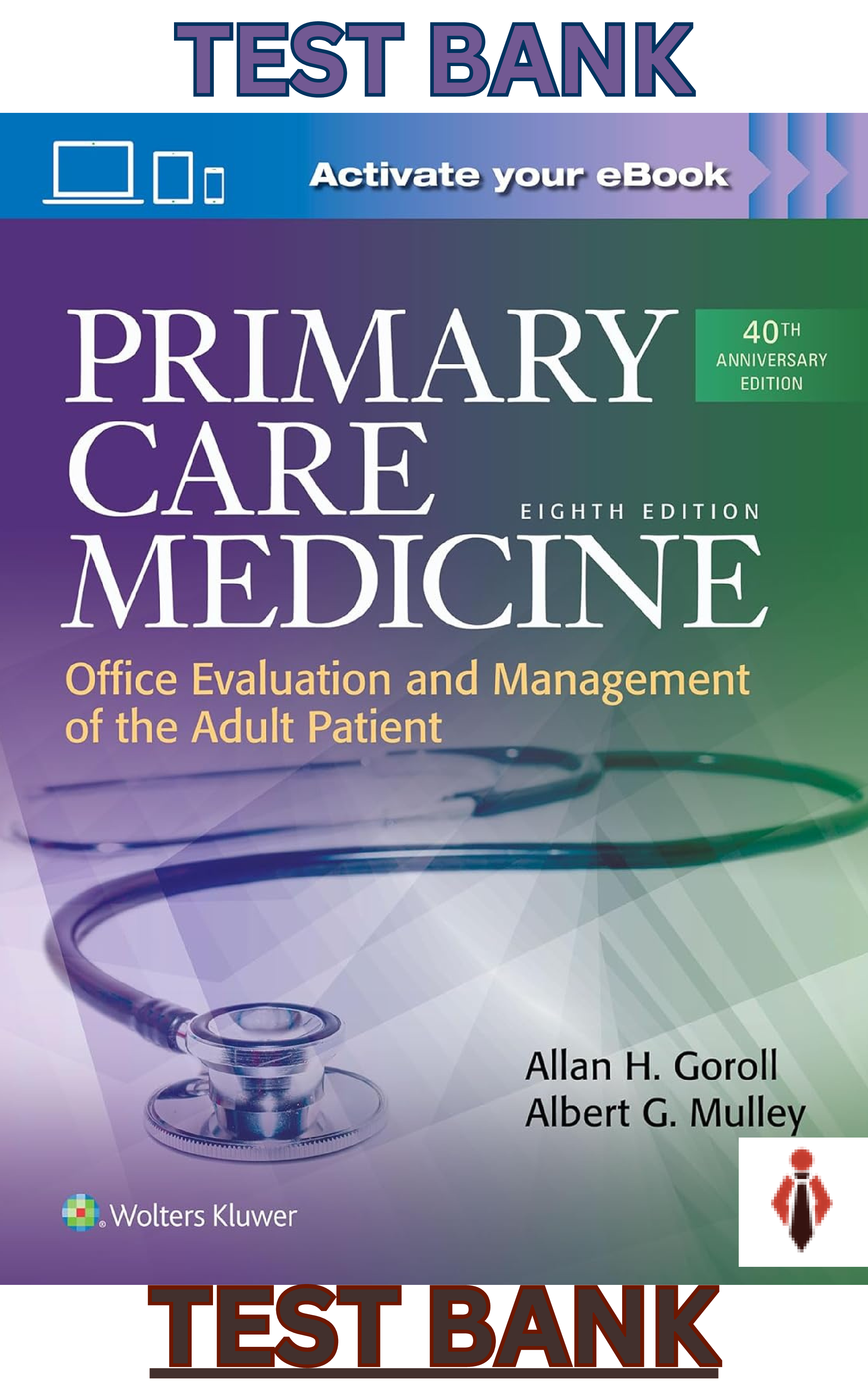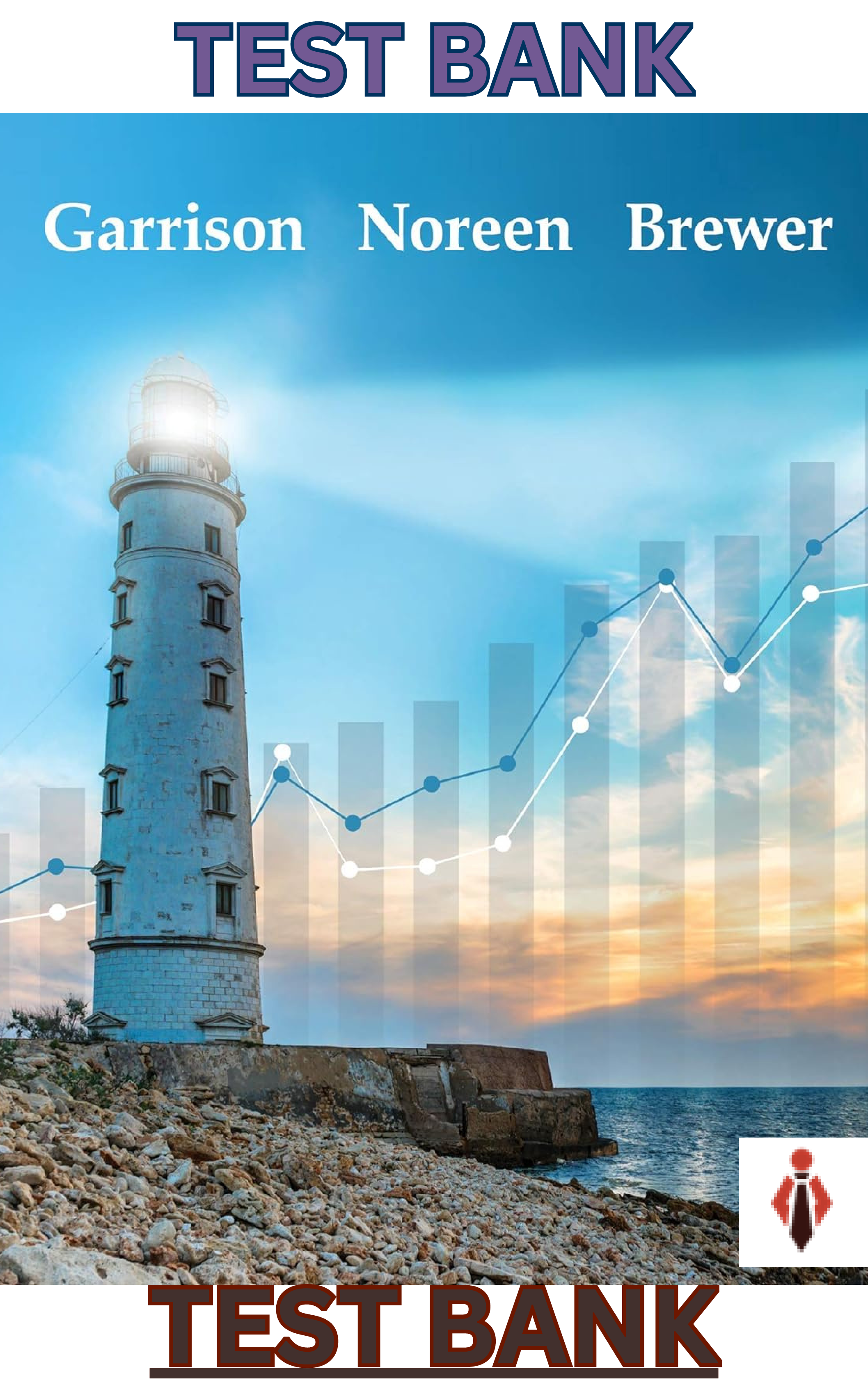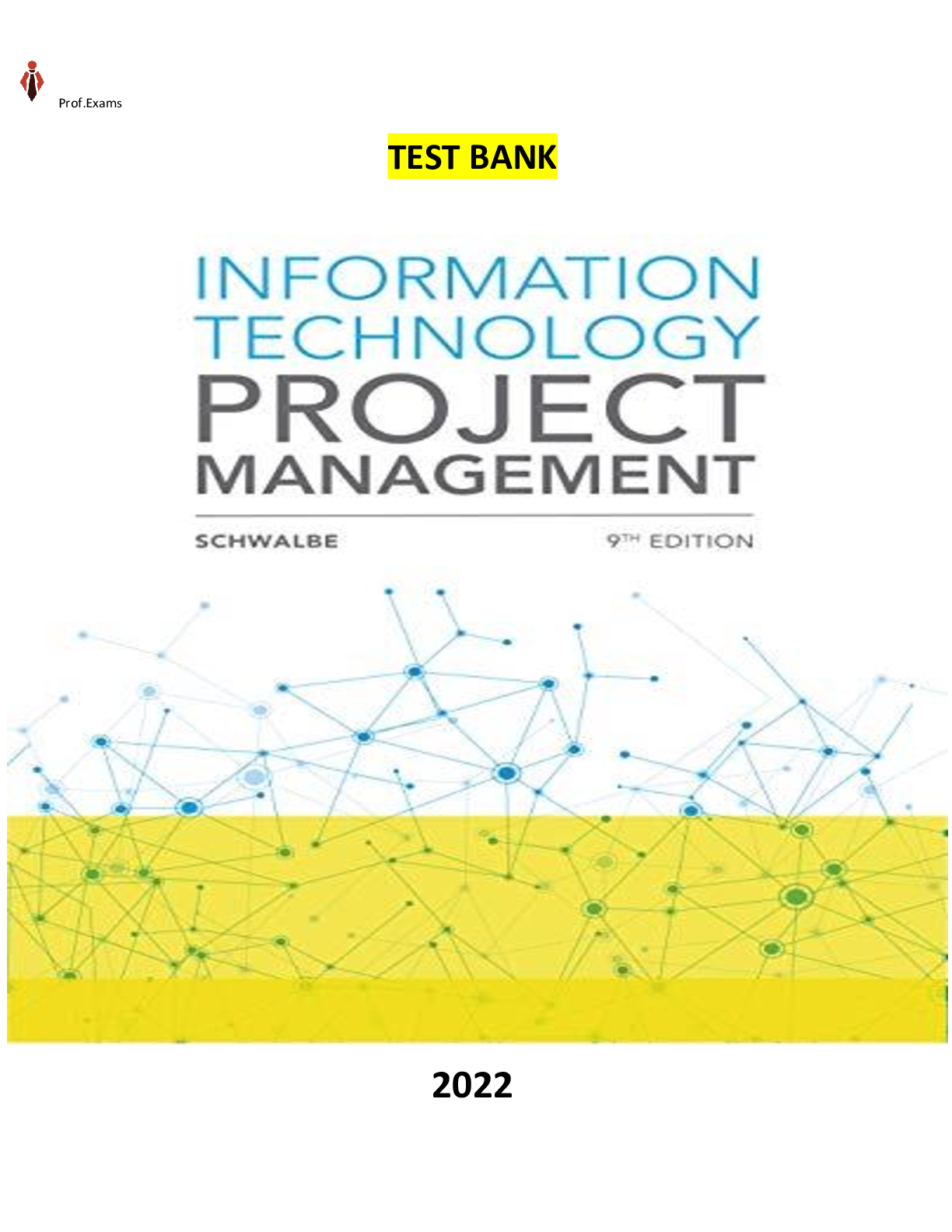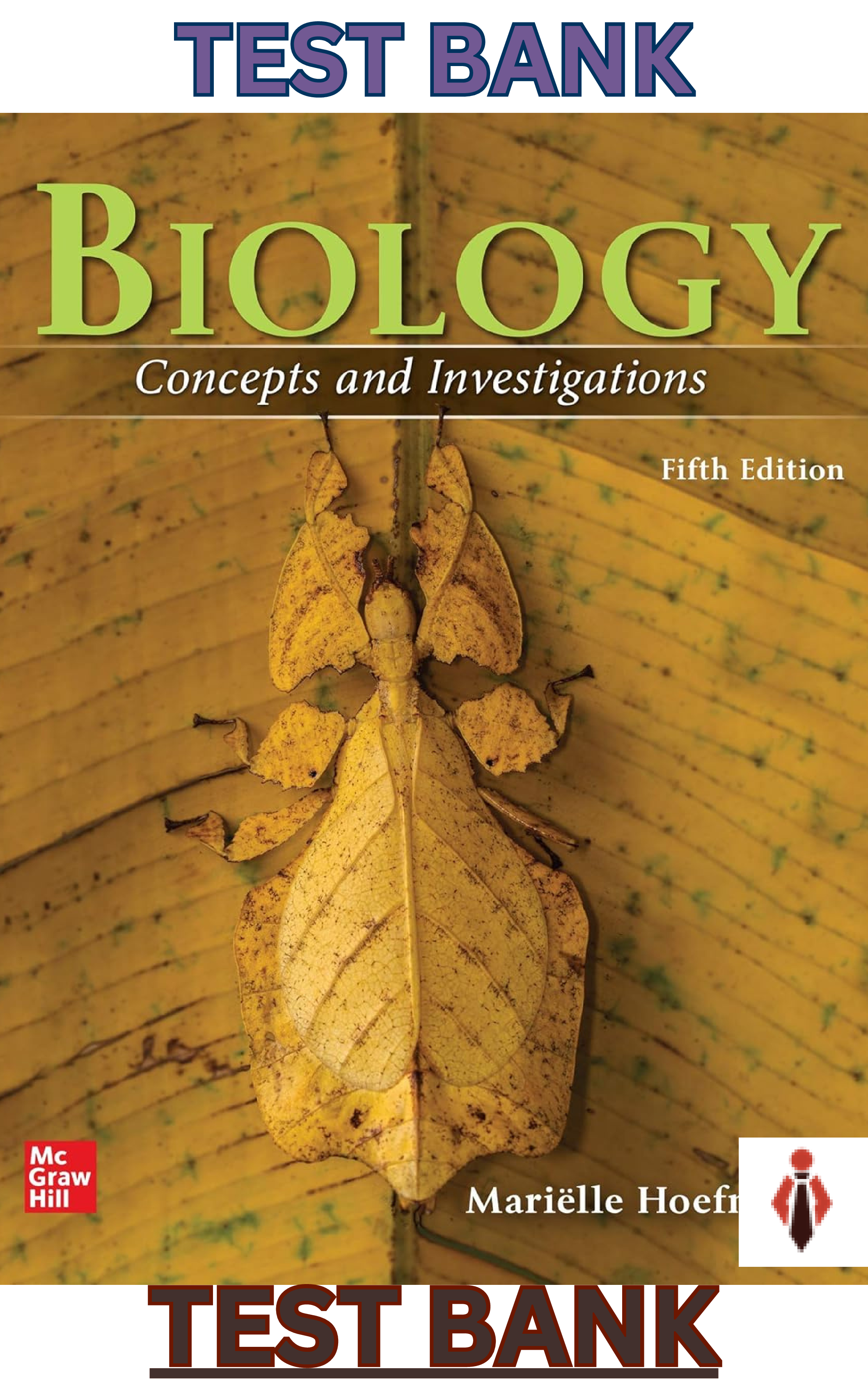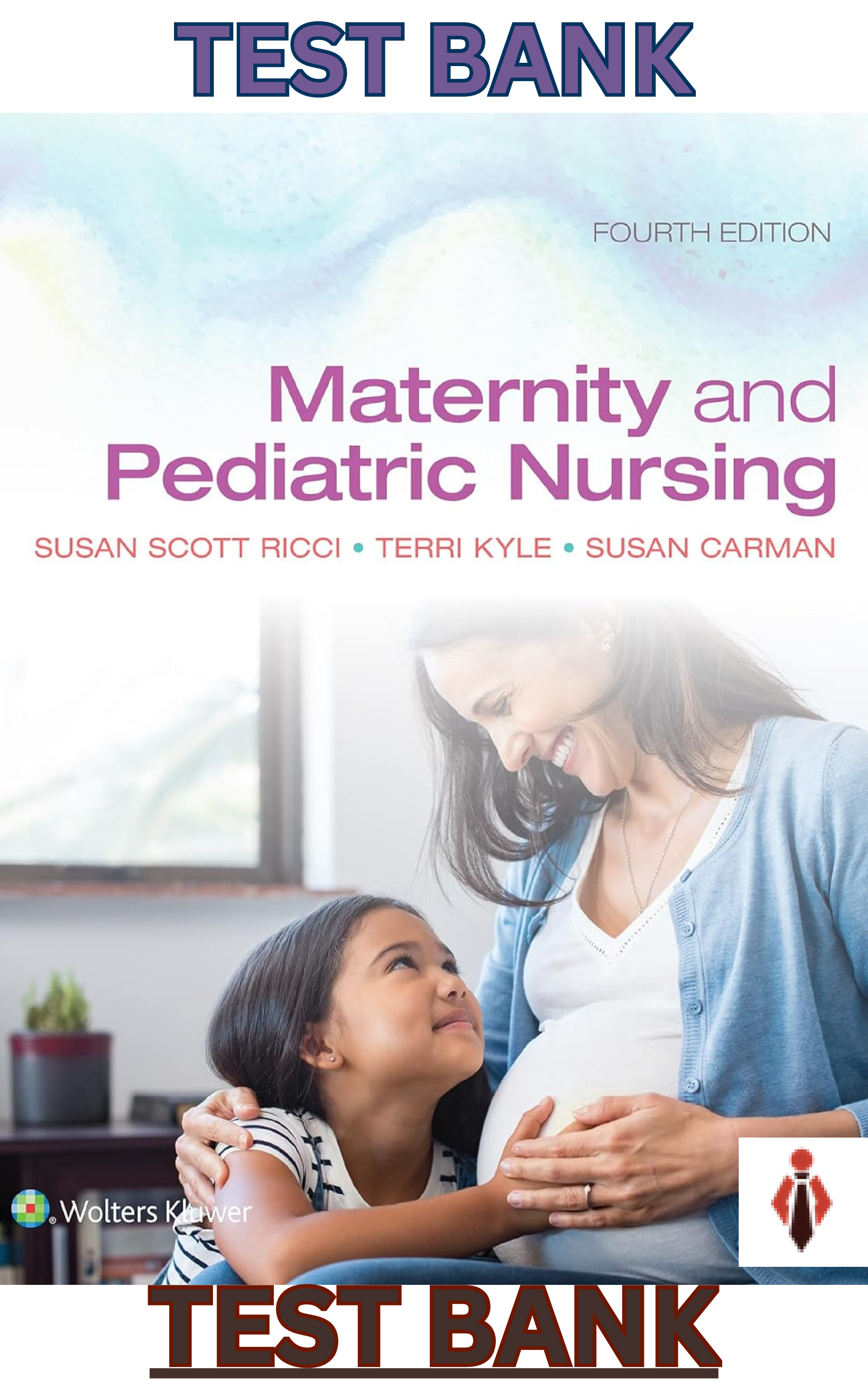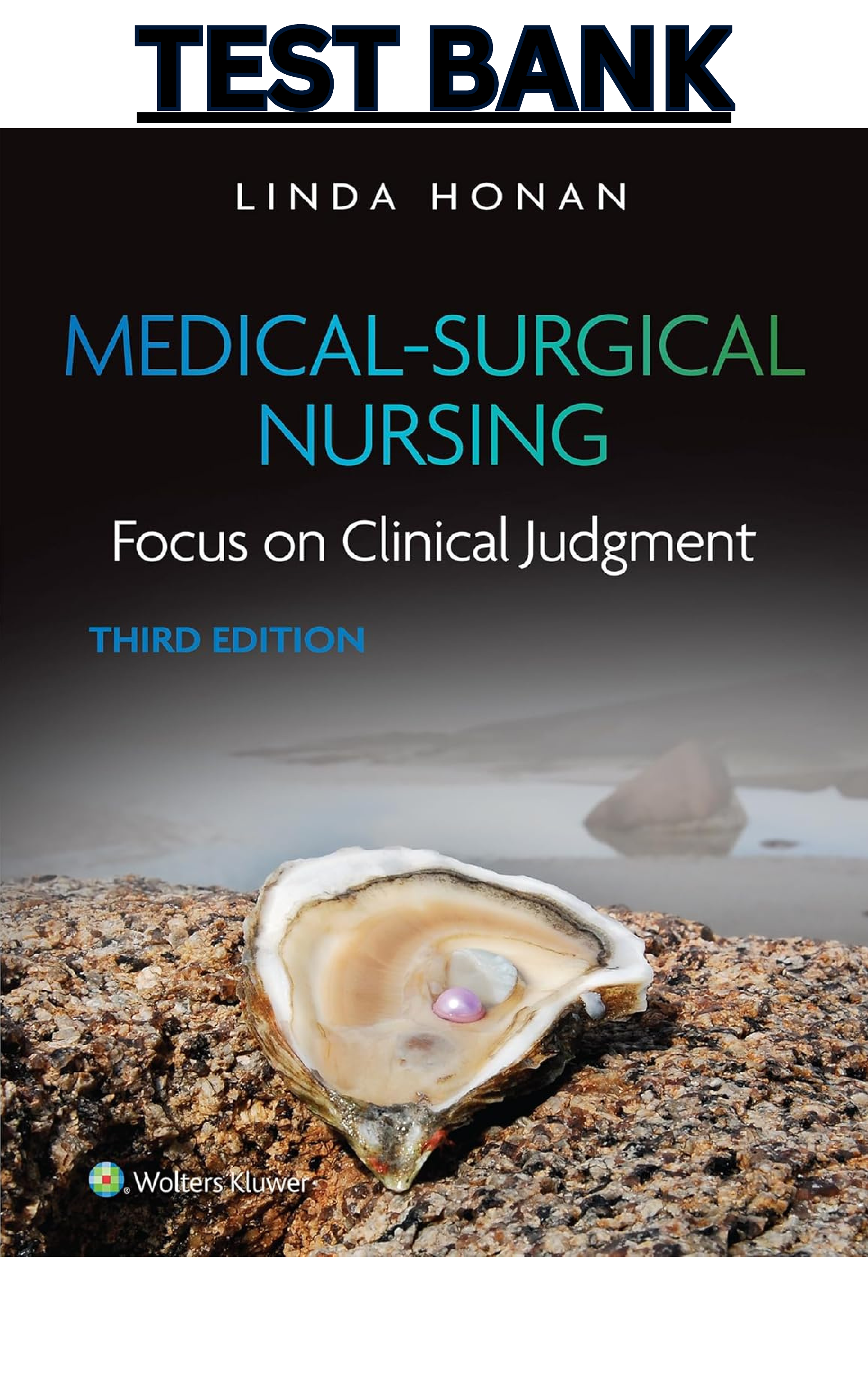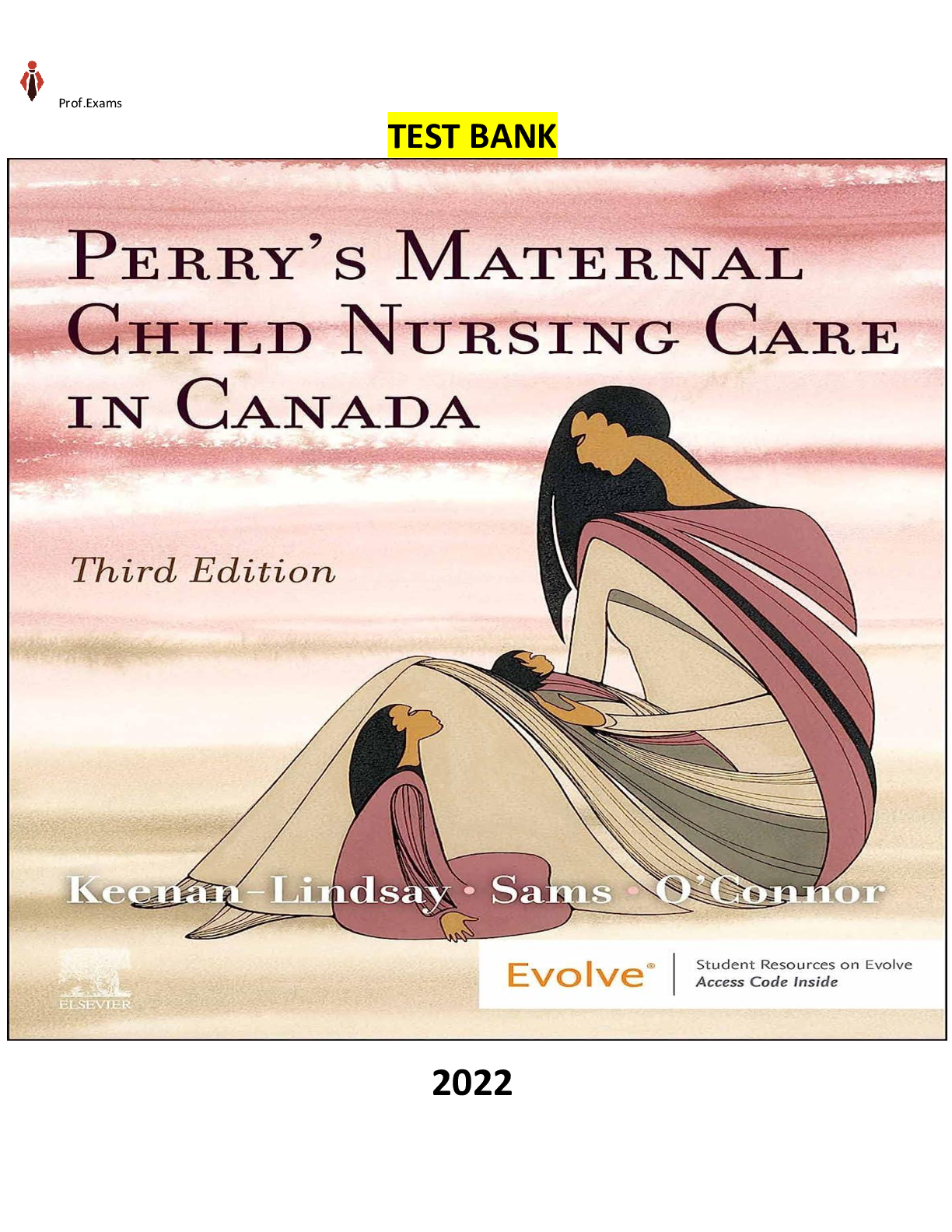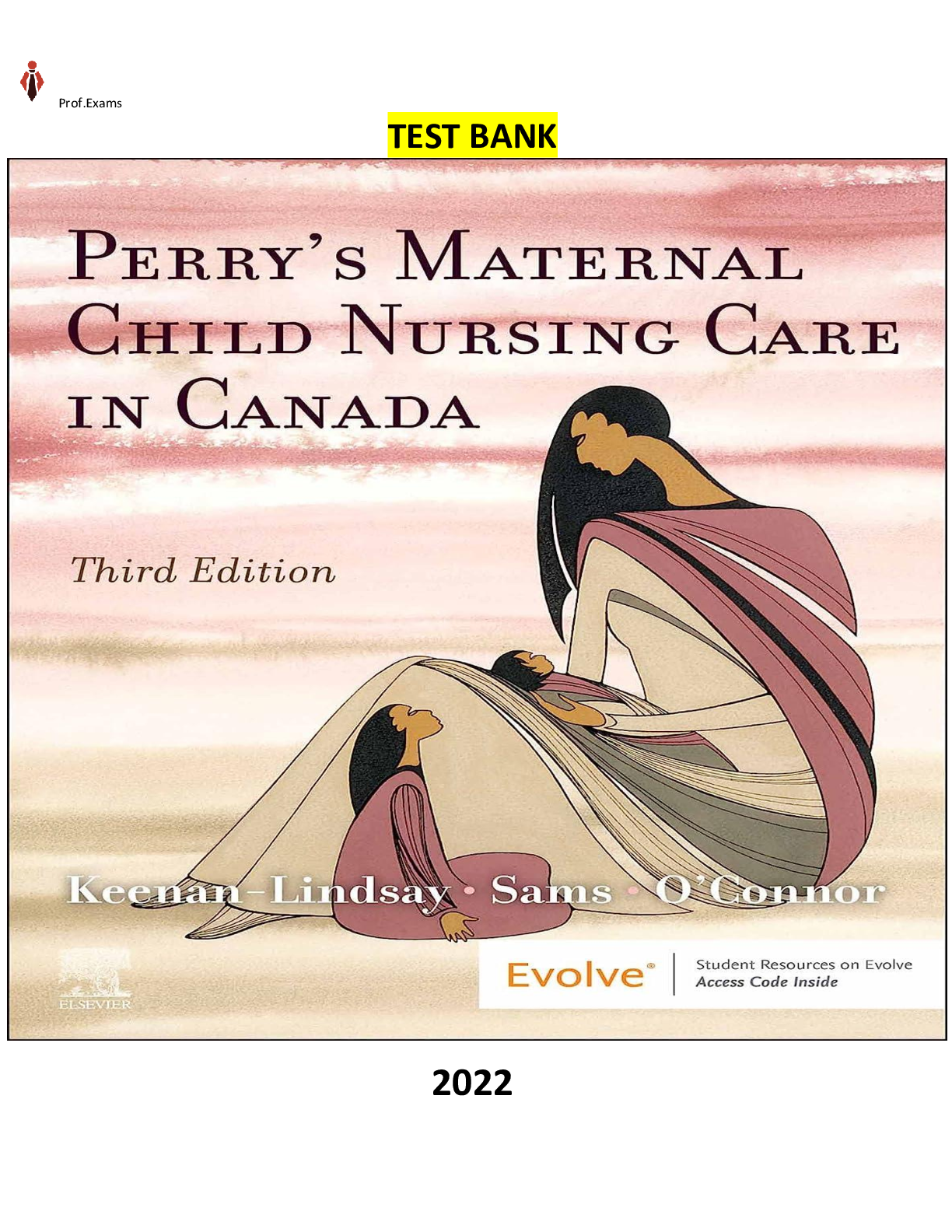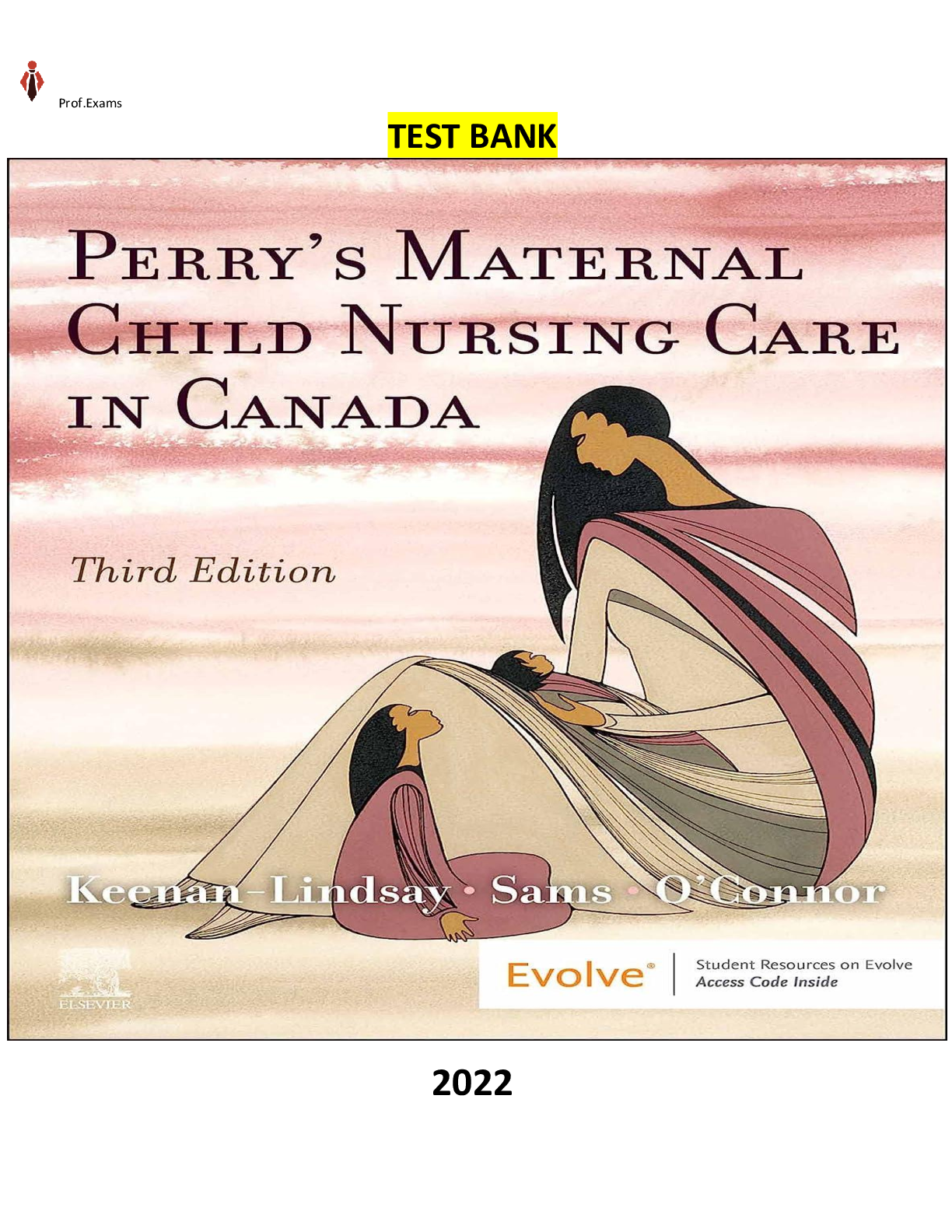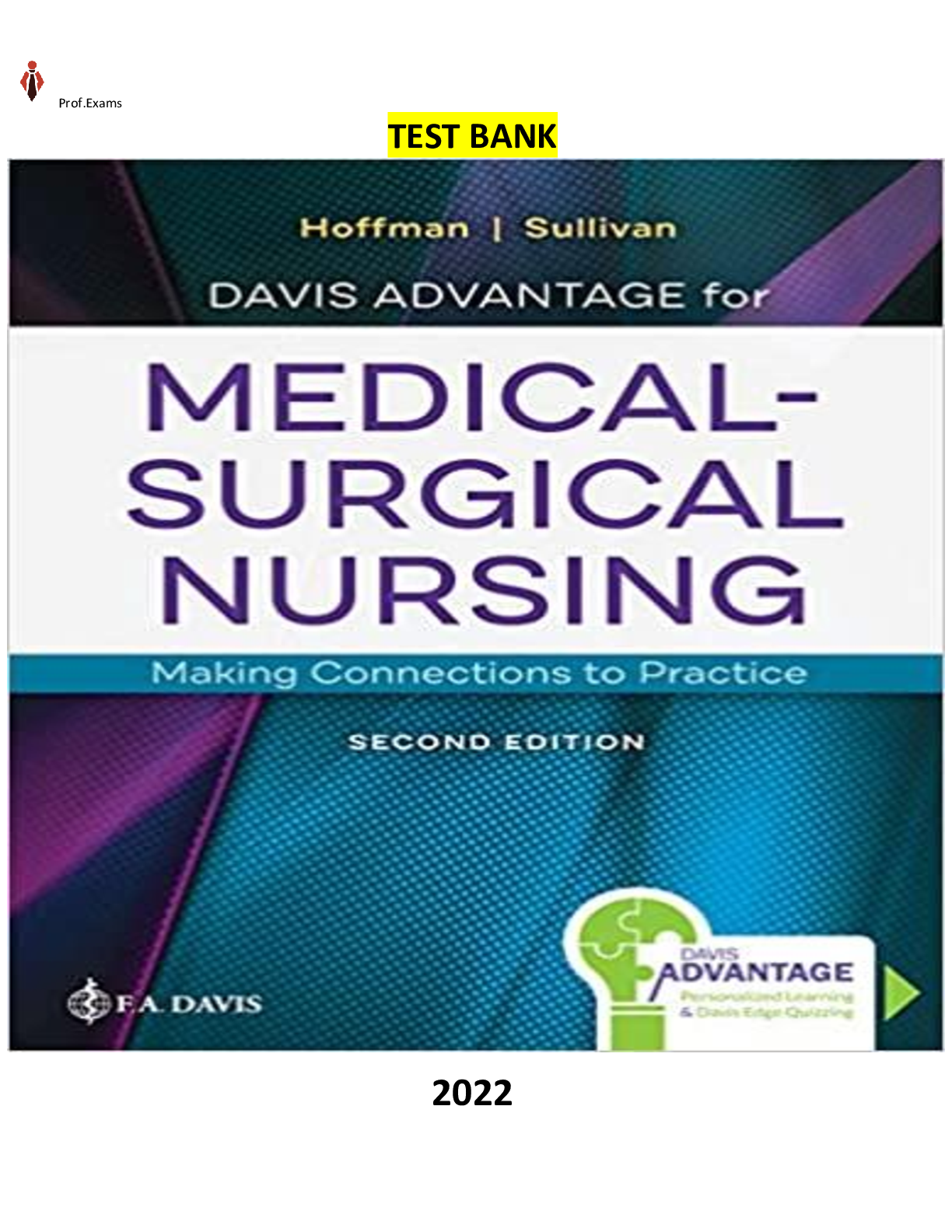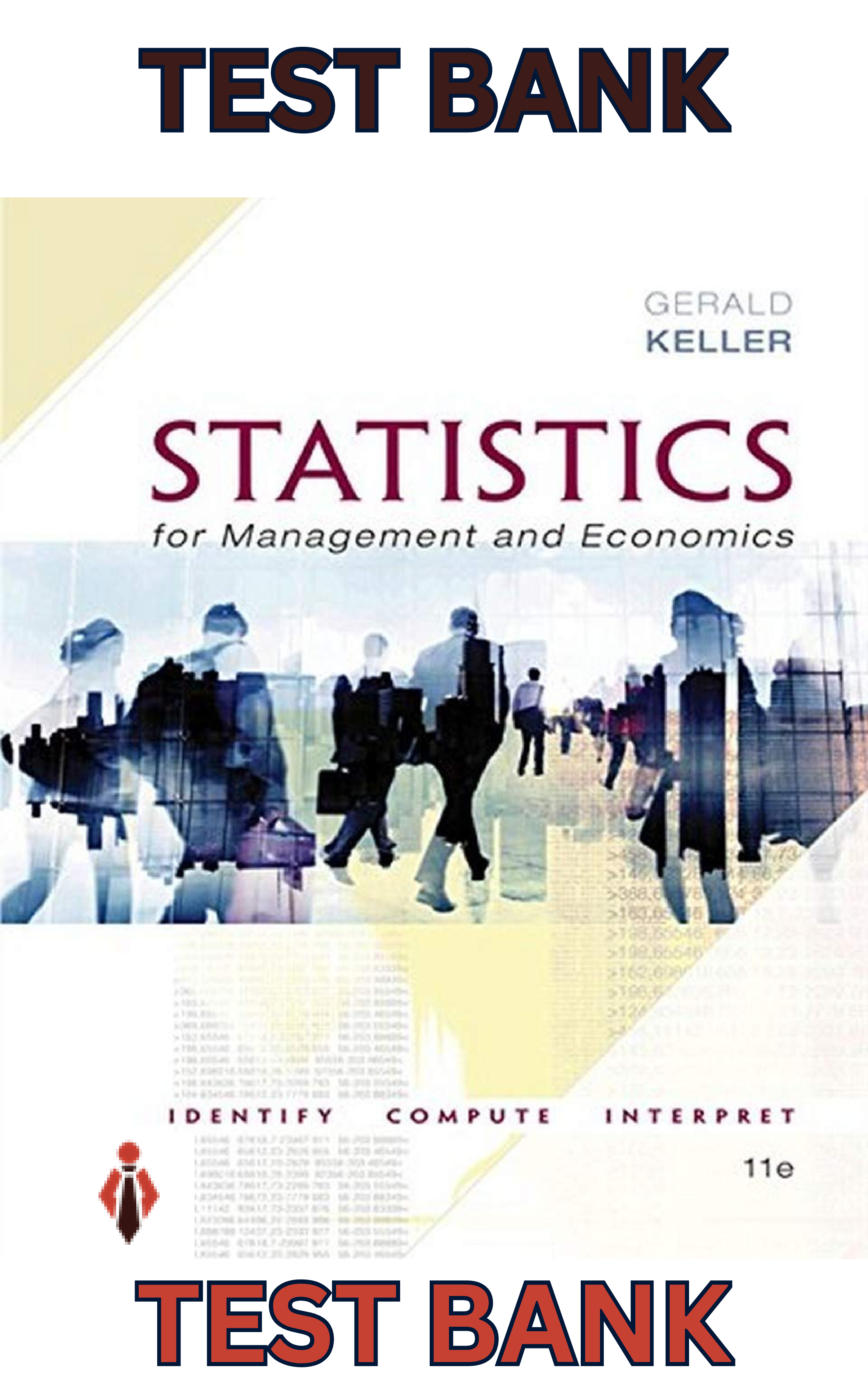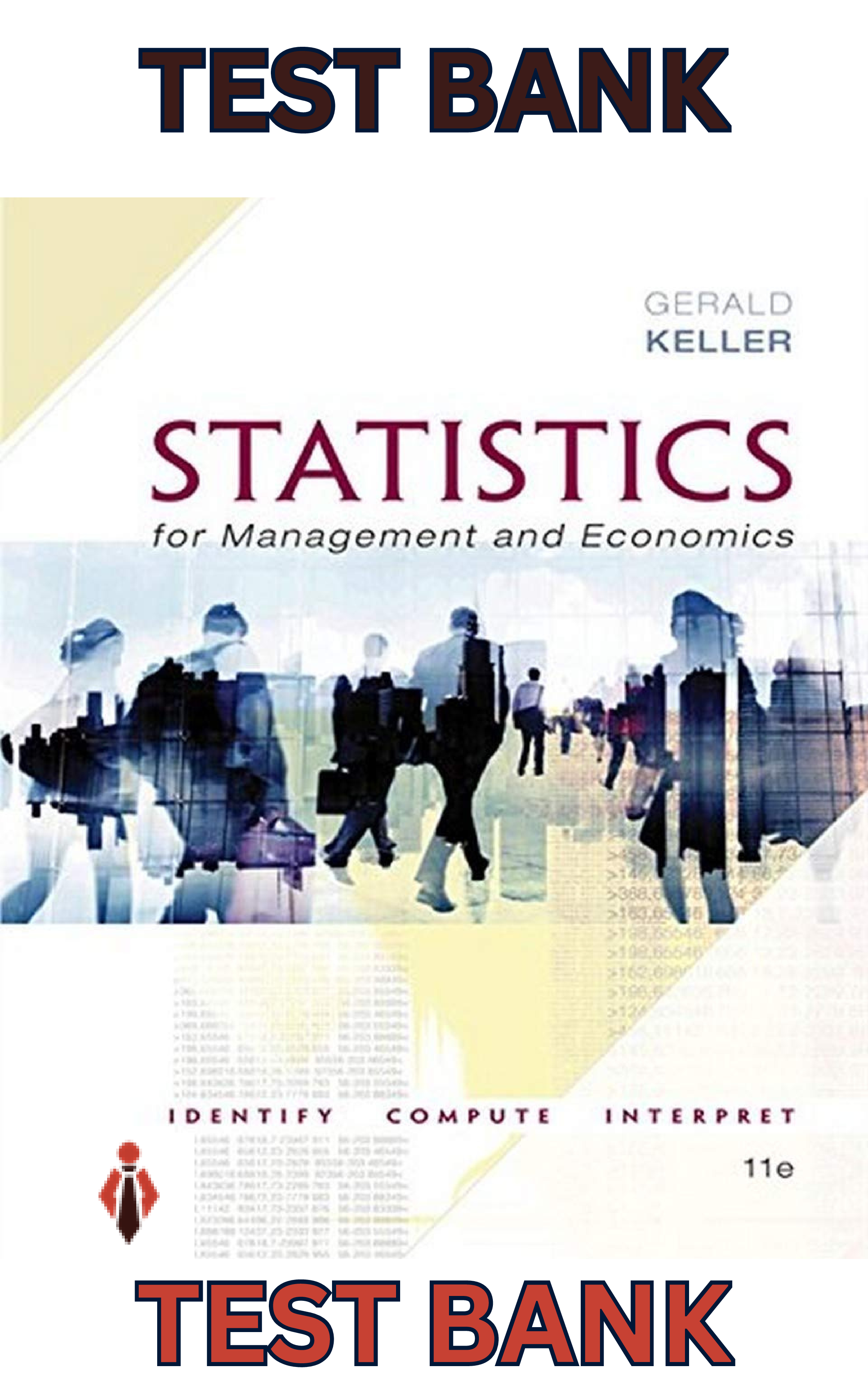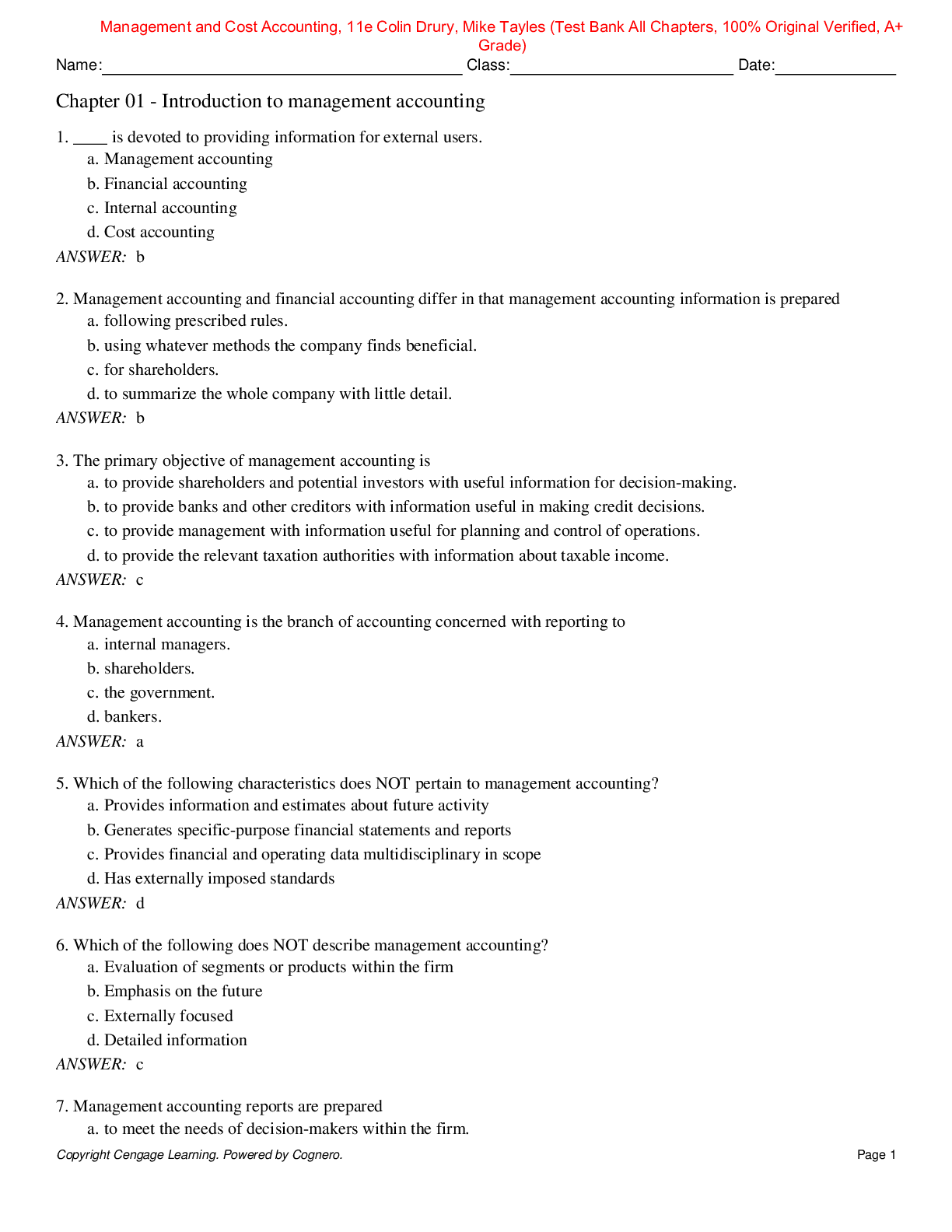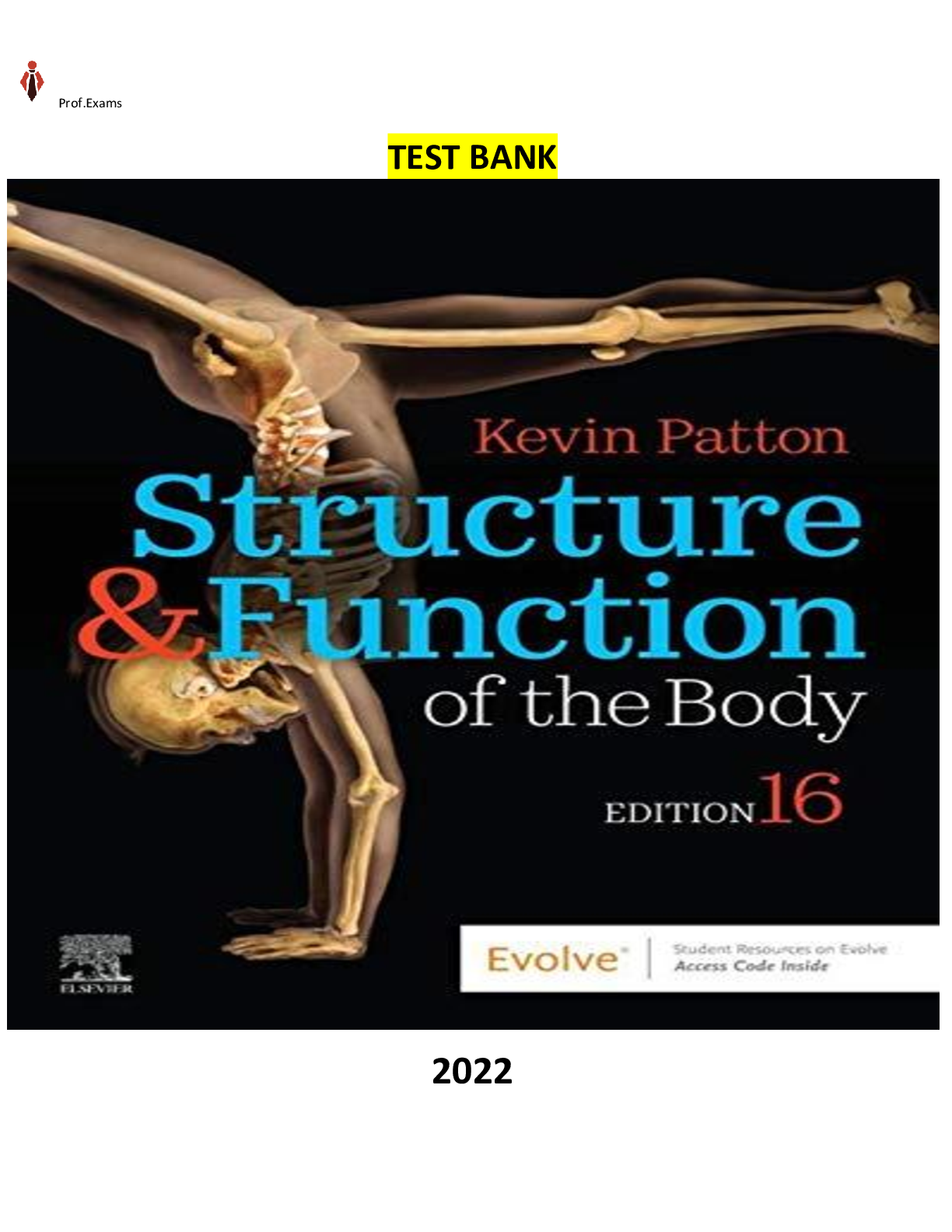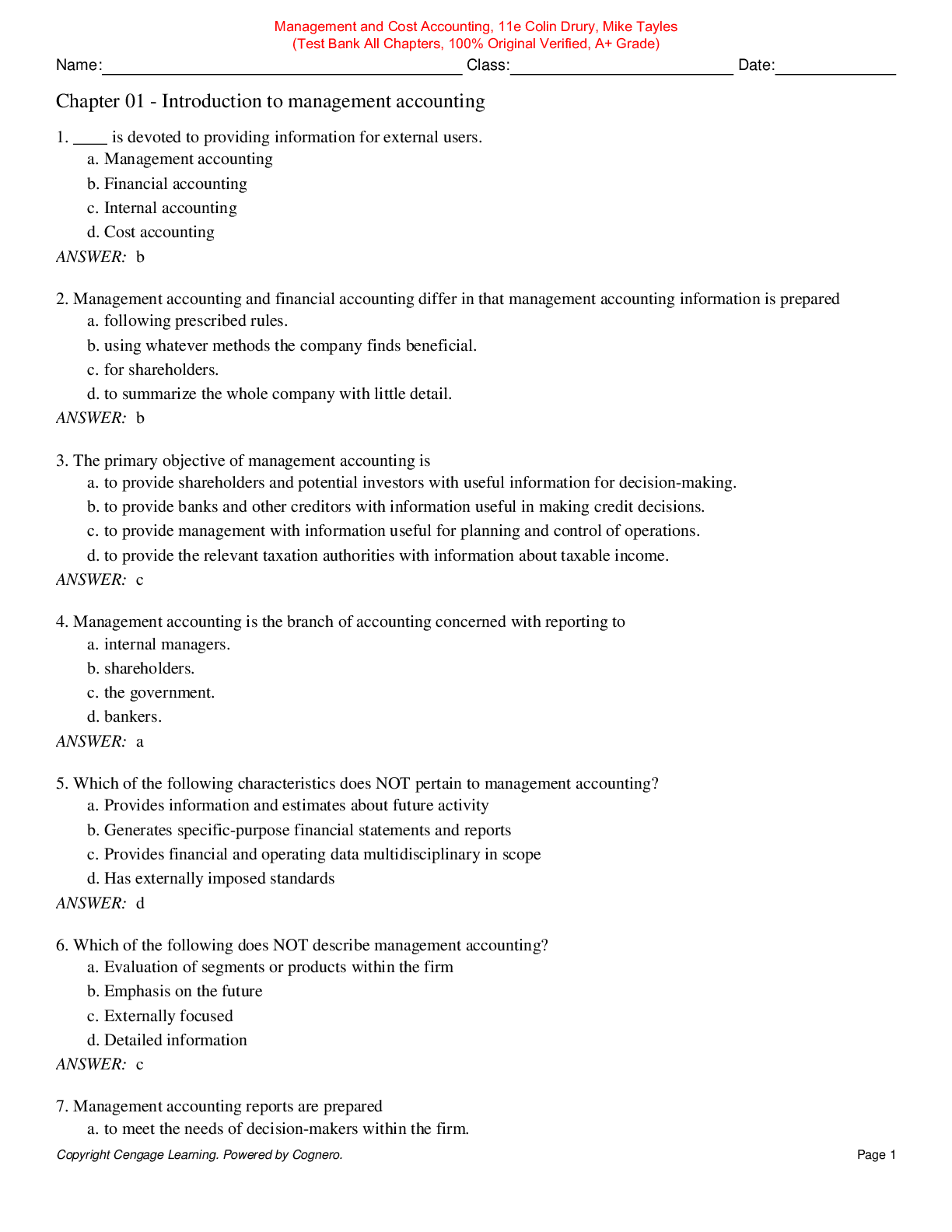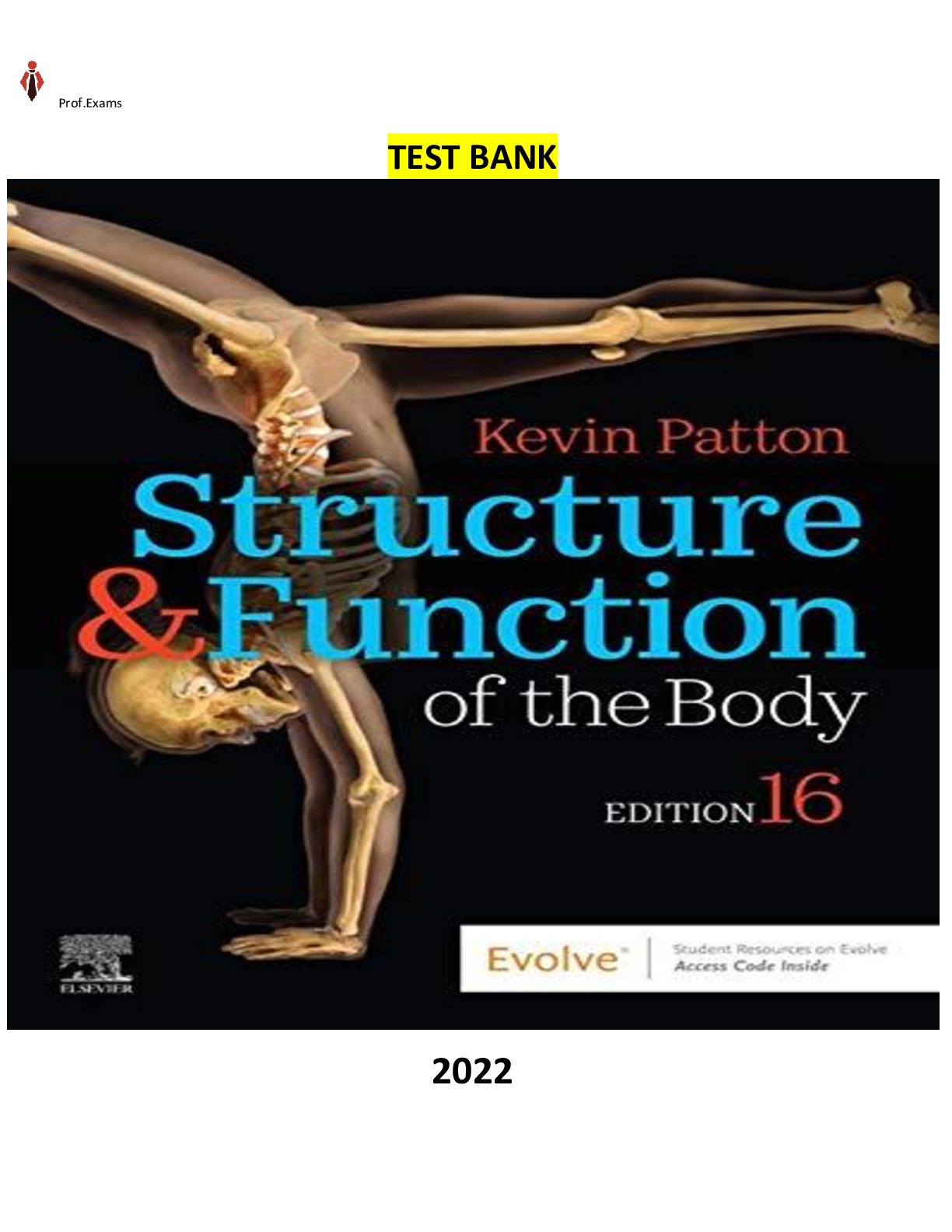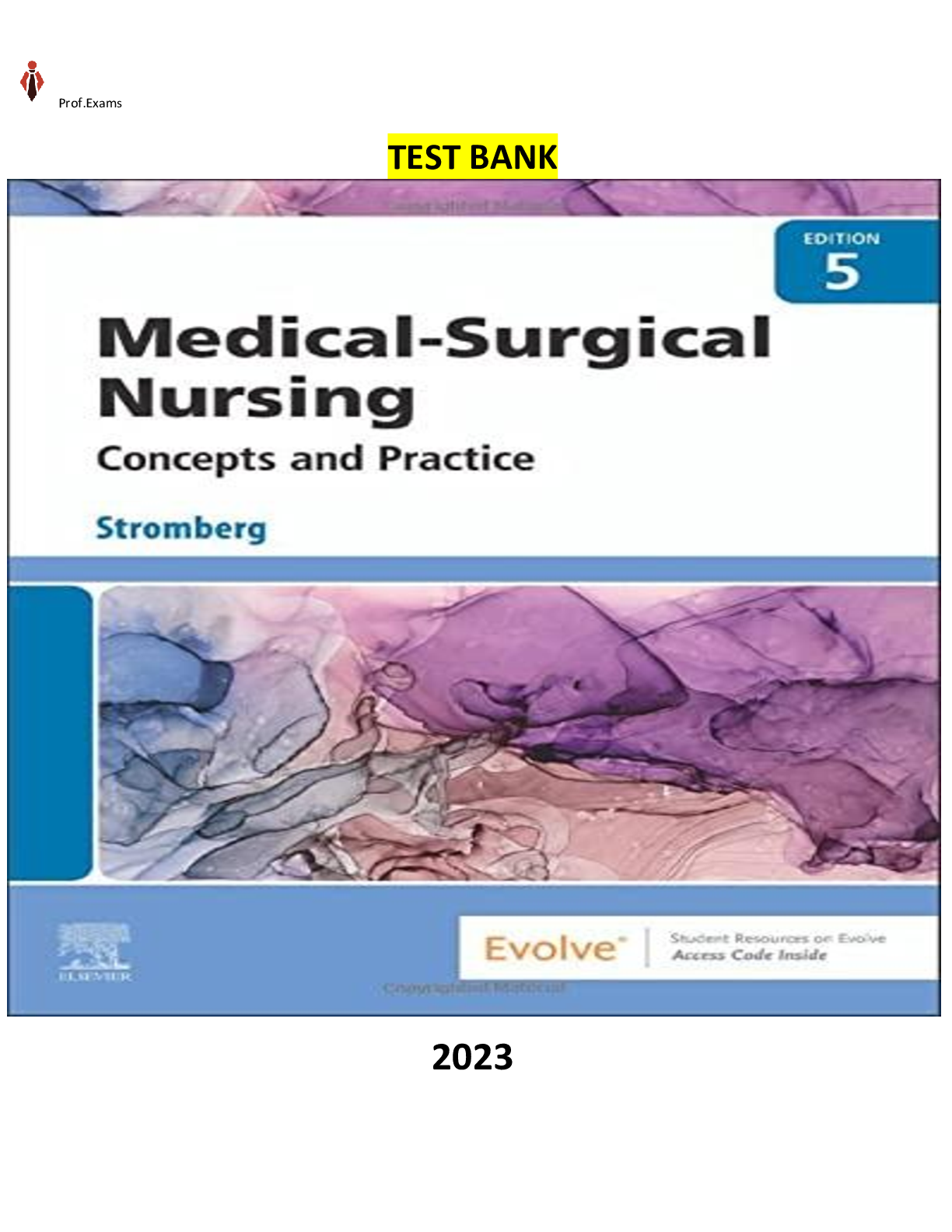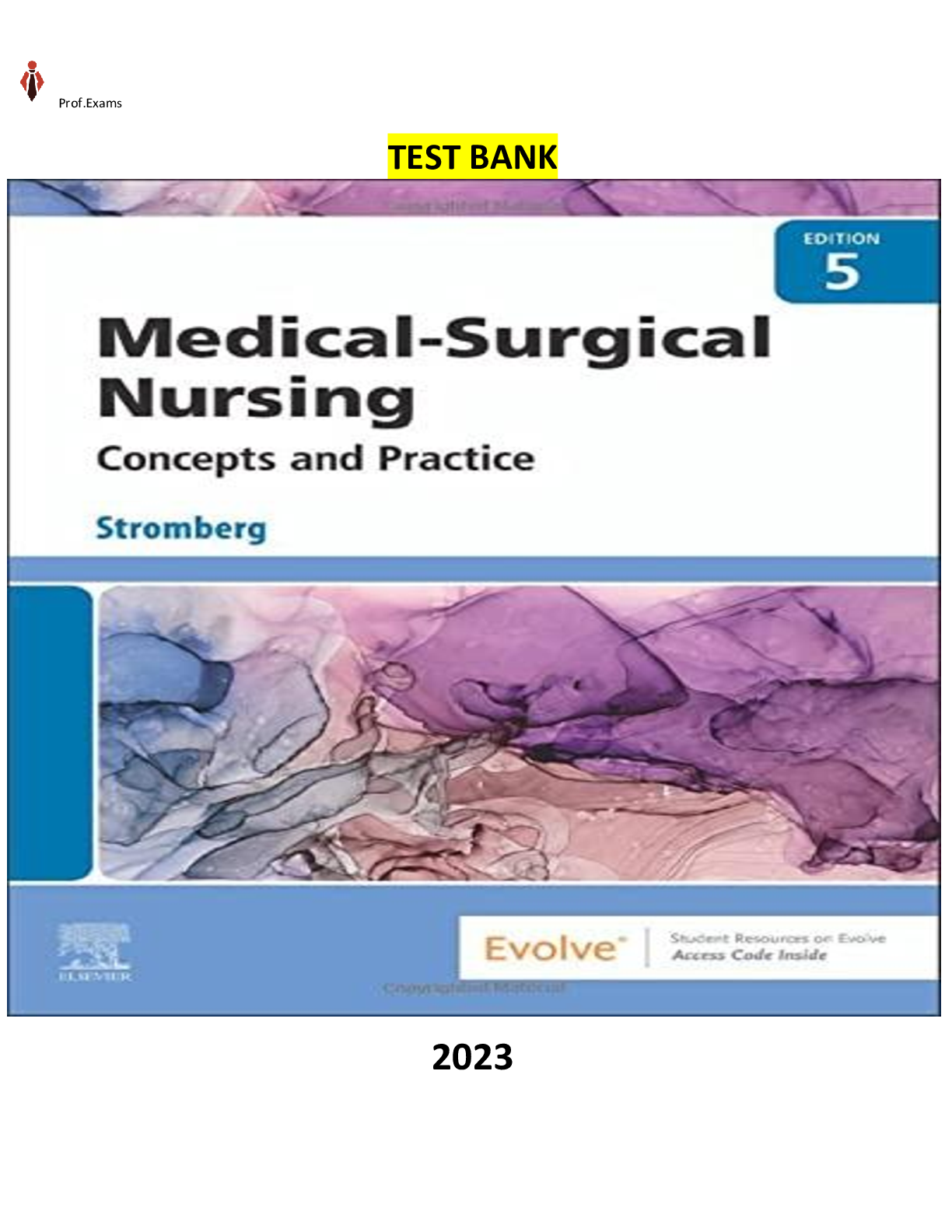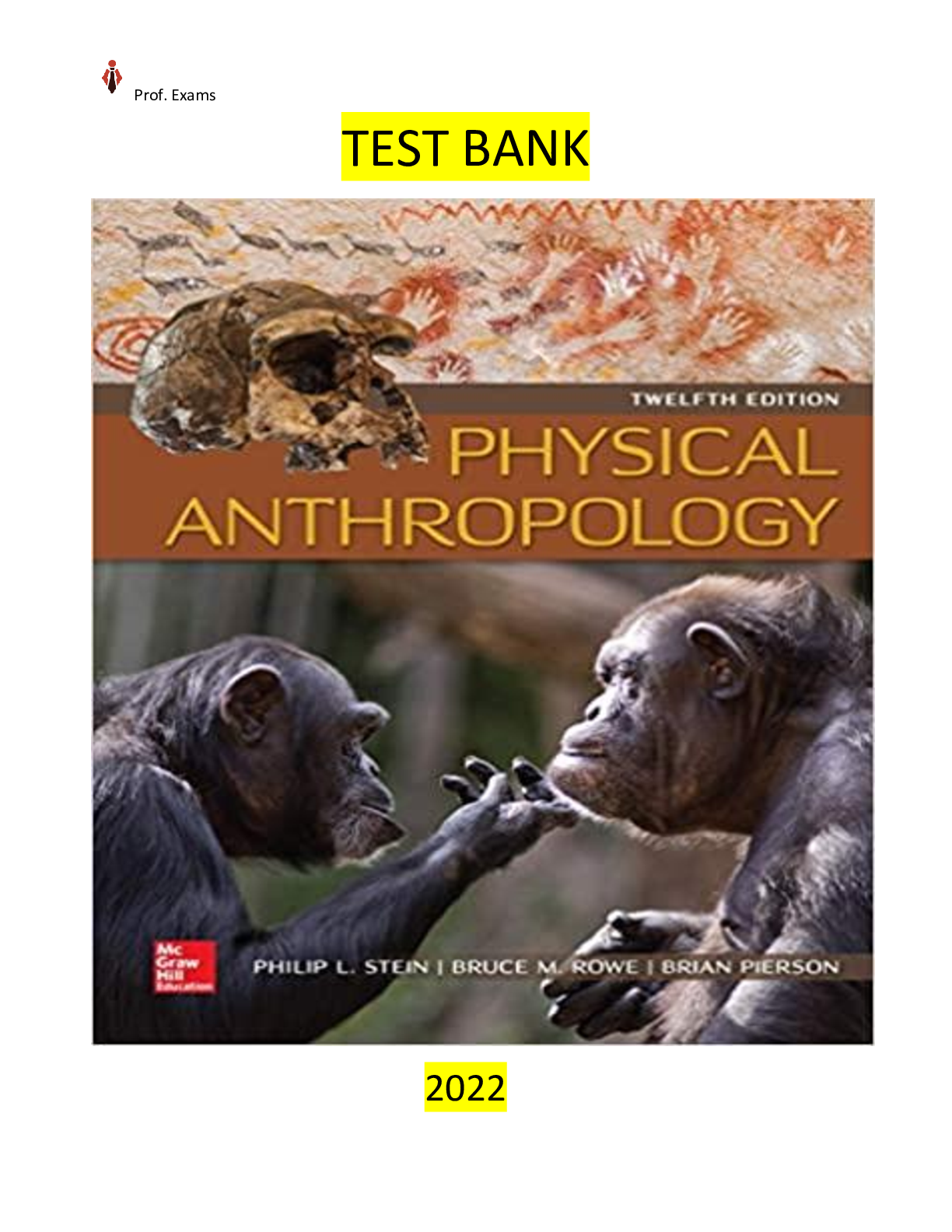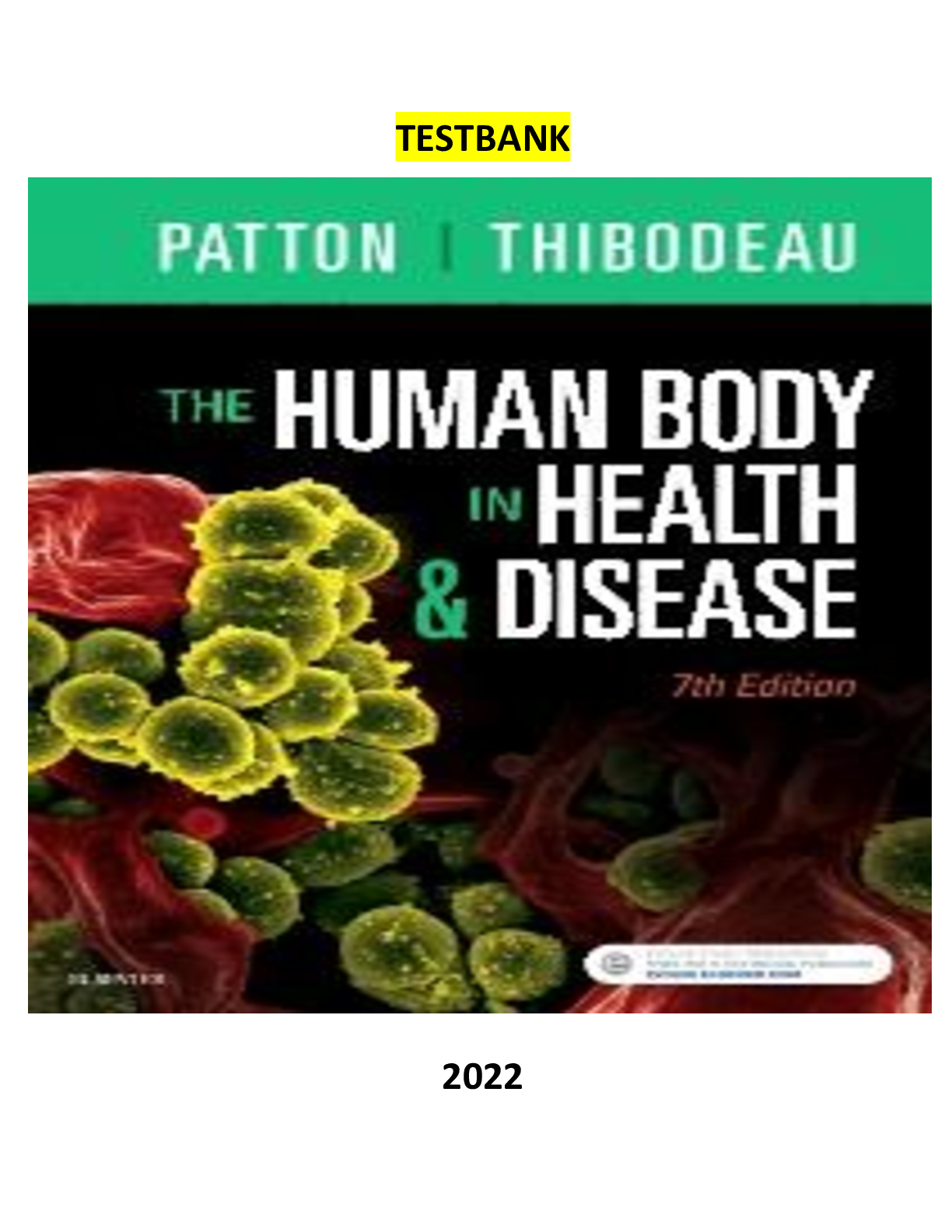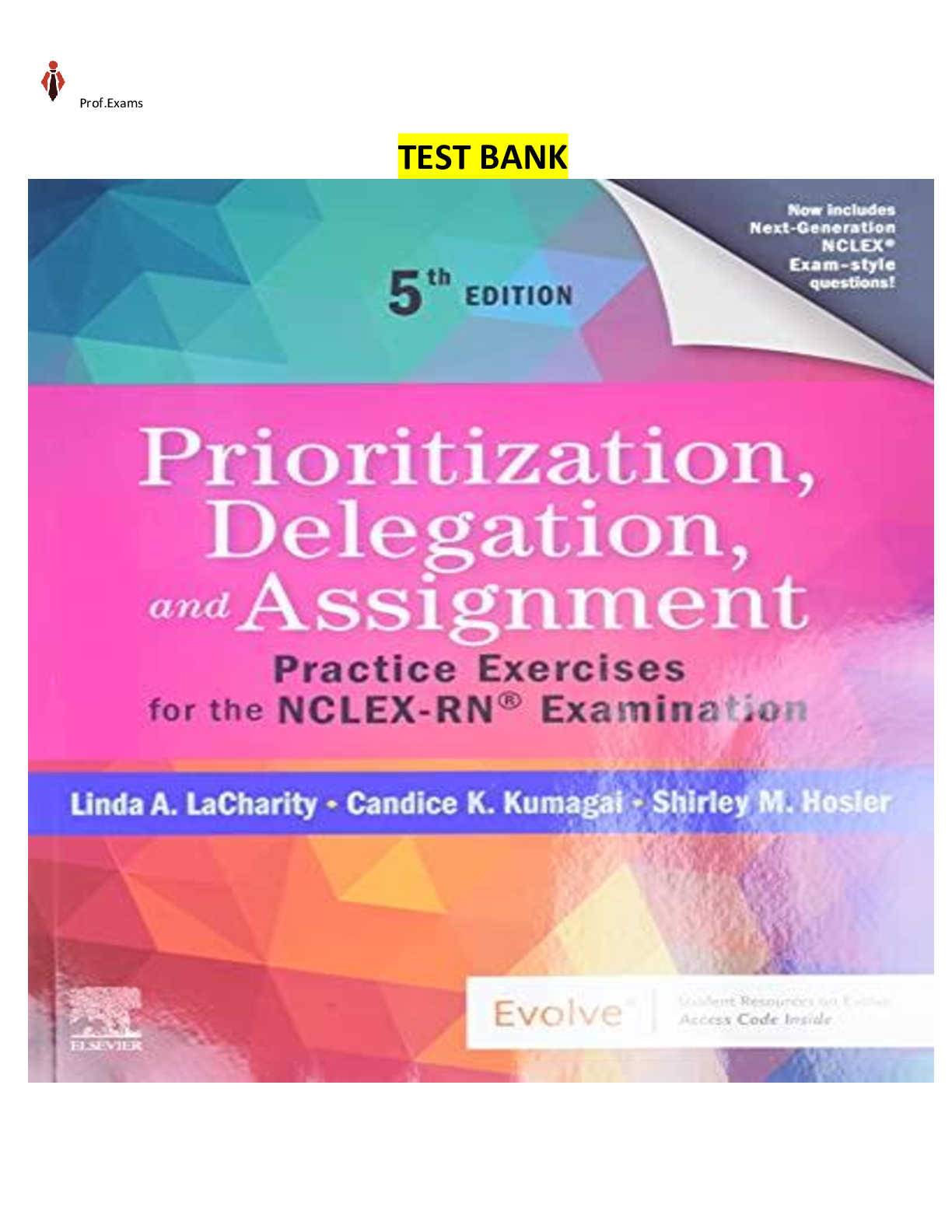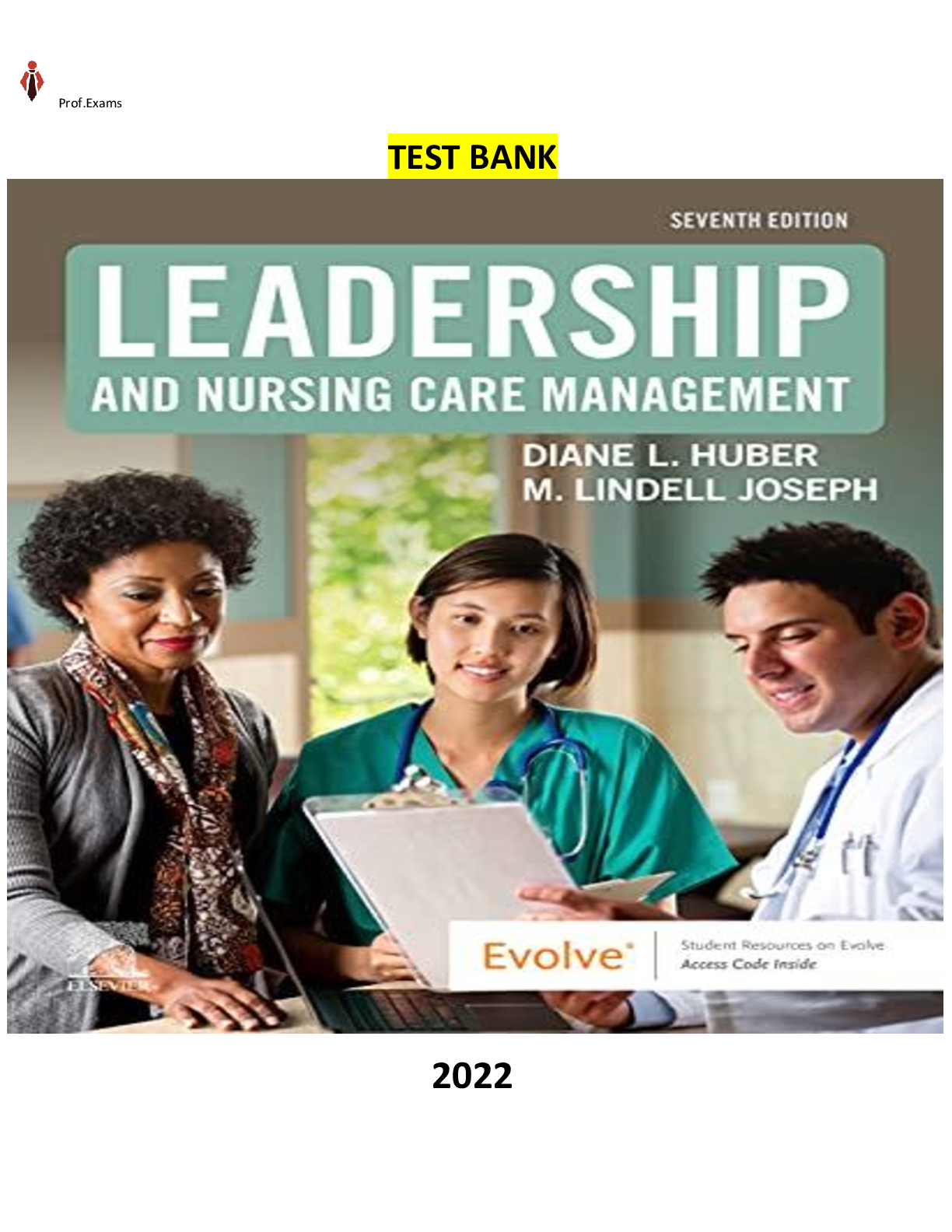Management > TEST BANK > COMPLETE - Elaborated Test Bank for Management and Cost Accounting 11Ed. by Colin Drury.ALL Chapters (All)
COMPLETE - Elaborated Test Bank for Management and Cost Accounting 11Ed. by Colin Drury.ALL Chapters (1-26)included with 728 pages of questions.
Document Content and Description Below
COMPLETE - Elaborated Test Bank for Management and Cost Accounting 11Ed. by Colin Drury.ALL Chapters (1-26)included with 728 pages of questions. COMPLETE - Elaborated Test Bank for Management and C... ost Accounting 11Ed. by Colin Drury.ALL Chapters (1-26)included with 728 pages of questions. TABLE OF CONTENTS Part I: Introduction to management and cost accounting 1. Introduction to management accounting 2. An introduction to cost terms and concepts Part II: Cost accumulation for inventory valuation and profit measurement 3. Cost assignment 4. Accounting entries for a job costing system 5. Process costing 6. Joint and by-product costing 7. Income effects of alternative cost accumulation systems Part III: Information for decision-making 8. Cost–volume–profit analysis 9. Measuring relevant costs and revenues for decision-making 10. Pricing decisions and profitability analysis 11. Activity-based costing 12. Decision-making under conditions of risk and uncertainty 13. Capital investment decisions: appraisal methods 14. Capital investment decisions: the impact of capital rationing, taxation, inflation and risk Part IV: Information for planning, control and performance measurement 15. The budgeting process 16. Management control systems 17. Standard costing and variance analysis 1 18. Standard costing and variance analysis 2: further aspects 19. Divisional financial performance measures 20. Transfer pricing in divisionalized companies Part V: Strategic performance and cost management and challenges for the future 21. Strategic performance management 22. Strategic cost management and value creation 23. Challenges for the future Part VI: The application of quantitative methods to management accounting 24. Cost estimation and cost behaviour 25. Quantitative models for the planning and control of inventories 26. The application of linear programming to management accounting. 1. The planning process includes a. setting objectives. b. identifying means of achieving the objectives. c. making decisions. d. all of the above. 2. World-class companies must continuously struggle to improve performance in the dimensions of a. price/cost. b. service. c. quality. d. all of the above. 3. Total quality management emphasizes a. zero defects. b. continual improvement. c. elimination of waste. d. all of the above. 4. Management accounting is concerned with which kind of decision? a. Product costing and pricing b. Continuous operational improvement c. Financial control d. All of the above 5. The primary objective of management accounting is a. to provide shareholders and potential investors with useful information for decision-making. b. to provide banks and other creditors with information useful in making credit decisions. c. to provide management with information useful for planning and control of operations. d. to provide the relevant taxation authorities with information about taxable income. 6. Which of the following does NOT describe management accounting? a. Evaluation of segments or products within the firm b. Emphasis on the future c. Externally focused d. Detailed information 7. Setting the selling price of a company's product is an example of a. planning. b. control. c. decision-making. d. all of the above. Copyright Cengage Learning. Powered by Cognero. Page 1 Name: Class: Date: Chapter 01_11e 8. Management accounting and financial accounting differ in that management accounting information is prepared a. following prescribed rules. b. using whatever methods the company finds beneficial. c. for shareholders. d. to summarize the whole company with little detail. 9. Improvement in time performance is most likely NOT enhanced by a. redesign of products. b. adding processes in production. c. eliminating waste. d. eliminating non-value-added activities. 10. The monitoring of a plan's implementation is called a. planning. b. controlling. c. decision-making. d. budgeting. 11. Monitoring the number of defects produced is an example of the management function of a. planning. b. control. c. decision-making. d. both planning and decision-making. 12. Continuous improvement is NOT a. critical in a dynamic environment. b. important to finding and maintaining a competitive advantage. c. an effort to find ways to increase overall efficiency, improve quality and reduce costs. d. a responsibility of managers in world-class organizations. 13. Factors that have led to a global market for manufacturing and service firms are a. improved transportation and communications systems. b. improved telemarketing and communications. c. improved distribution and transportation systems. d. None of these factors have contributed. 14. Which of the following statements correctly distinguishes between financial and management accounting? a. Management accounting reports on the whole organization. b. Financial accounting is oriented toward the future. c. Financial accounting is primarily concerned with providing information for internal users. d. Management accounting is oriented more toward the planning and control aspects of management. Copyright Cengage Learning. Powered by Cognero. Page 2 Name: Class: Date: Chapter 01_11e 15. In resolving an ethical conflict, which of the following would never be appropriate? a. Discussing the matter with the chief executive officer b. Discussing the matter with an external member of the board of directors c. Taking the matter to the press where there is no legal requirement d. Resigning from the position because of a conflict 16. Comparing actual quality costs with planned quality costs is an example of a. planning. b. controlling. c. performance evaluation. d. both controlling and performance evaluation. 17. Evaluating the performance of a segment of the company is an example of a. planning. b. control. c. internal auditing. d. both planning and internal auditing. 18. The development of IT has allowed management accountants to a. focus on the interpretation of information. b. become an adviser to business. c. provide business support. d. all of the above. 19. Which of the following statements most accurately describes an effect of employee empowerment? a. Employee empowerment reduces the cost of implementing decisions. b. Employee empowerment decreases the speed in which decisions are made. c. Employee empowerment leads to an increased number of corporate staff positions. d. Employee empowerment places greater emphasis on decisions made by upper management. 20. Which of the following activities is NOT associated with the financial accounting information system? a. Reporting on the cost of quality b. Reporting to the shareholders c. Preparing reports for the tax authorities d. Preparing a statement of cash flows 21. Competitive advantage is established by a. providing more customer products than competitors. b. providing better quality than competitors. c. providing greater customer value for less cost than competitors. d. providing greater efficiencies than competitors. Copyright Cengage Learning. Powered by Cognero. Page 3 Name: Class: Date: Chapter 01_11e 22. ____ is devoted to providing information for external users. a. Management accounting b. Financial accounting c. Internal accounting d. Cost accounting 23. Setting the company's profit targets for the upcoming year is an example of the management function of a. planning. b. control. c. variance analysis. d. internal auditing. 24. Which of the following statements is NOT true about world-class firms? a. World-class firms are firms that are poor in customer support. b. World-class firms know their market and their products. c. World-class firms strive continually to improve product design, manufacture, and delivery. d. World-class firms can compete with the best of the best in a global environment. 25. Investigating production variances and adjusting the production process is an example of a. planning. b. control. c. internal auditing. d. both planning and internal auditing. 26. Accounting a. always has an external orientation. b. always has an internal orientation. c. information assists in planning and controlling. d. terms serve as a model of the organization. 27. An important role for management accounting in light of the development of IT is a. ensuring that information is only accessible by management accountants. b. ensuring management have all information available. c. ensuring management are reliant on management accountants. d. ensuring information for management adds value. 28. Management accounting reports are prepared a. to meet the needs of decision-makers within the firm. b. whenever shareholders request them. c. according to guidelines prepared by the shares and Financial Services Authority. d. according to financial accounting standards. Copyright Cengage Learning. Powered by Cognero. Page 4 Name: Class: Date: Chapter 01_11e 29. To compete on the basis of price, the seller must carefully manage a. cost. b. service. c. quality. d. none of the above. 30. The setting of objectives and the identification of methods to achieve those objectives is called a. planning. b. controlling. c. performance evaluation. d. decision-making. 31. Principles of personal ethical behaviour that are essential to an ethical life include a. integrity. b. respect for others. c. accountability. d. all of these. 32. Developing a company strategy for responding to anticipated new markets is an example of a. planning. b. control. c. decision-making. d. all of the above. 33. Which of the following costing activities is associated with the financial accounting system? a. Determining the cost of a department b. Determining the cost of goods sold for financial statements c. Preparing budgets d. Determining the cost of a customer 34. Which of the following emerging themes in cost accounting deals with managers striving to create an environment that will enable workers to manufacture perfect (zero-defect) products? a. Advances in information technology b. Time as a competitive element c. Global competition d. Total quality management 35. Determining the bid your company should submit on a construction contract is an example of a. planning. b. control. c. decision-making. d. both planning and control. Copyright Cengage Learning. Powered by Cognero. Page 5 Name: Class: Date:. [Show More]
Last updated: 1 year ago
Preview 1 out of 731 pages
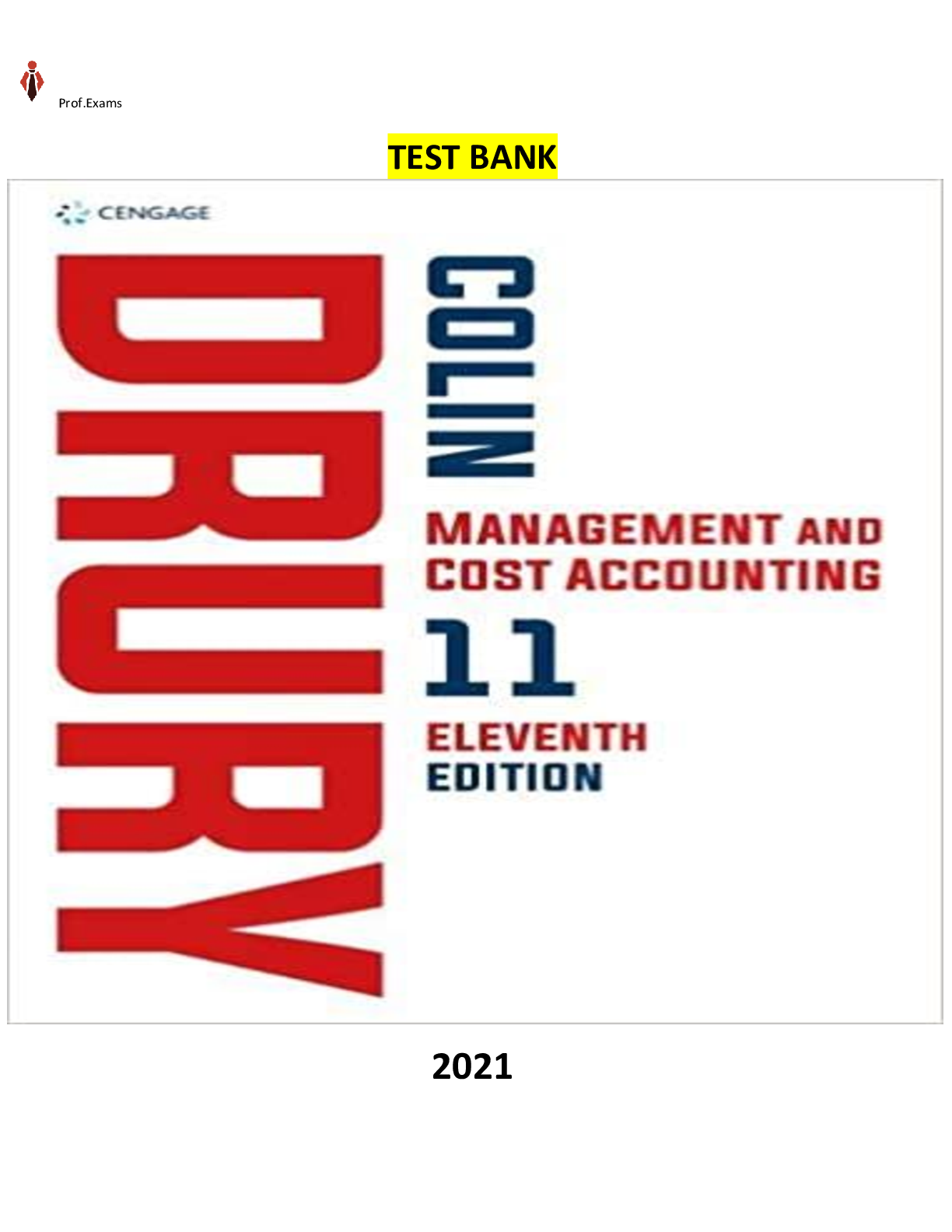
Reviews( 0 )
Document information
Connected school, study & course
About the document
Uploaded On
Apr 24, 2023
Number of pages
731
Written in
Additional information
This document has been written for:
Uploaded
Apr 24, 2023
Downloads
0
Views
50

